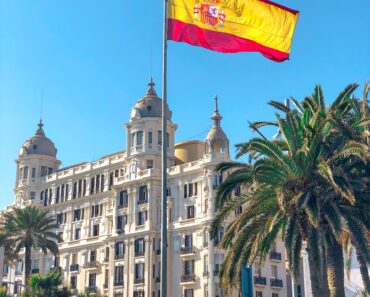In 2019, Italy welcomed over 50 million tourists, making it the fifth most popular tourist destination in the world. This success certainly didn’t happen by chance. Italy is renowned as the birthplace of the Renaissance and a hub of architectural brilliance, housing some of the world’s most famous monuments, including the Leaning Tower of Pisa and the Colosseum. These iconic landmarks make Italy an irresistible destination for tourists from around the globe.
For fashion enthusiasts, Italy offers an unparalleled experience as the home of major international brands like Gucci, Armani, and Prada, making it a shopping haven. And of course, no trip to Italy is complete without indulging in the country’s culinary delights—pizza and pasta, which originated here, are a must-try. Tourism in Italy combines rich history, cultural heritage, luxury shopping, and unforgettable food experiences, making it a top choice for travelers.
Rome
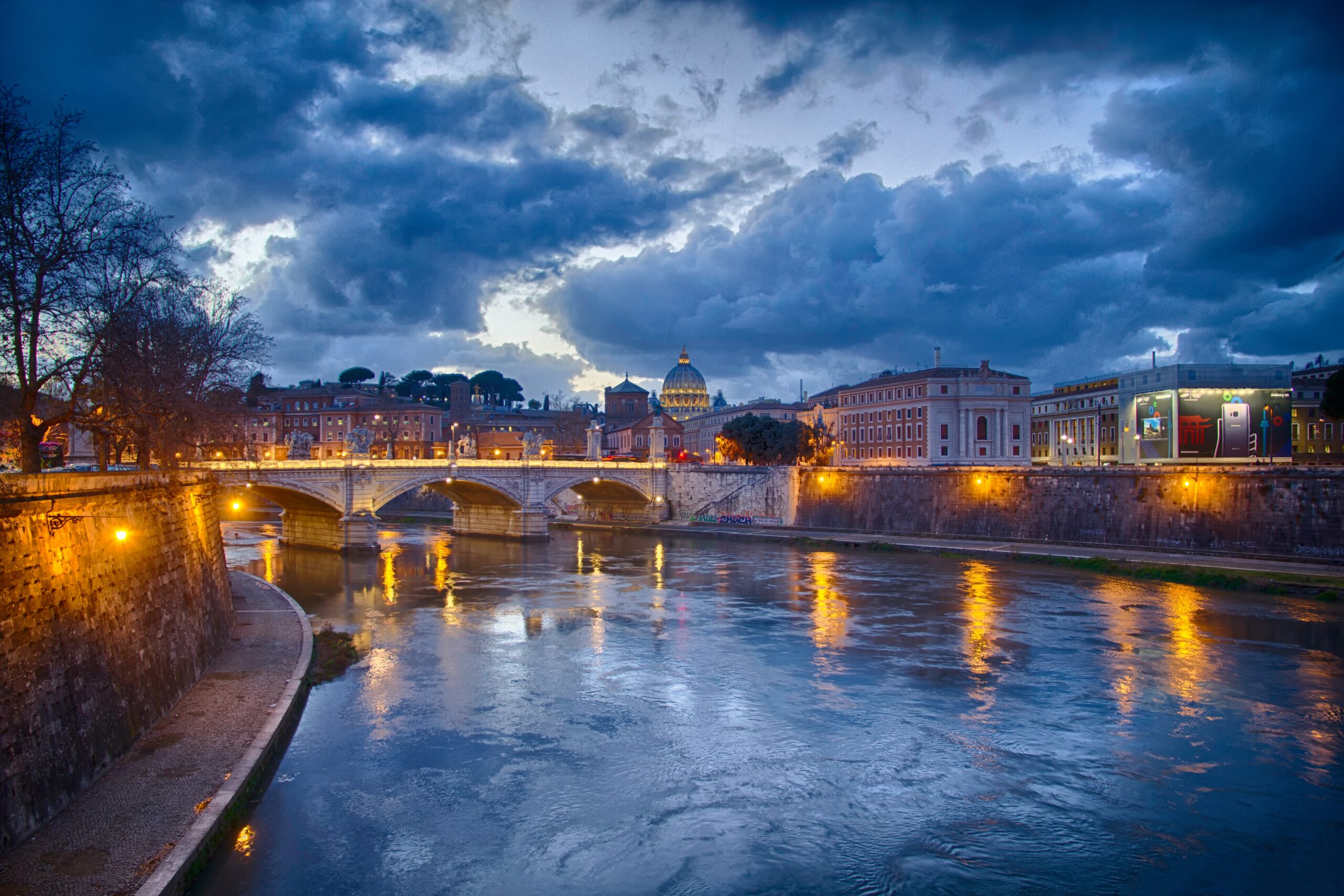
Rome is often described with grand phrases such as “the greatest creation,” “the city of history,” and “the city of religions,” reflecting its legendary status as one of the world’s most iconic tourist cities in central Italy.
Situated along the Tiber River, the most important river in Italy, Rome is a treasure trove of historical and archaeological monuments, theaters, and more. The best way to experience the city is by simply wandering through its streets and landmarks, without a fixed plan, as Rome’s attractions are endless. Tourism in Rome feels like exploring an open-air museum, with the entire city serving as a vast, living testament to its rich history and cultural heritage.
Top 3 landmarks in Rome:
1- Colosseum
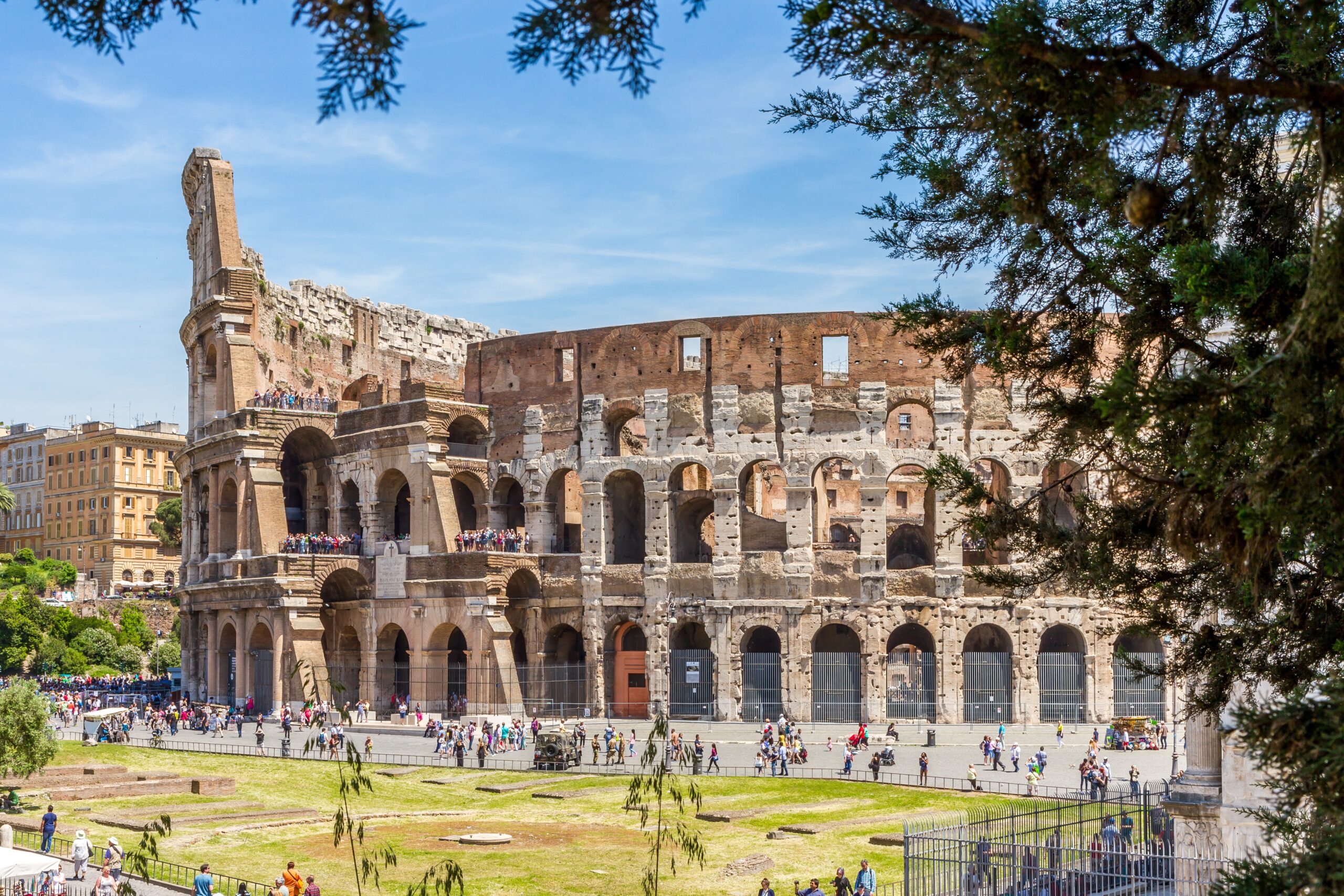
The Colosseum stands as the most iconic landmark in Rome, and arguably one of the most famous in all of Italy. Its immense size and architectural brilliance make it a must-see destination for anyone visiting the country. Stretching 189 meters in length, the Colosseum is a true marvel of Roman engineering, showcasing the advanced design and creative ingenuity of the ancient Romans.
For anyone planning a visit to Rome, or even to Italy itself, the Colosseum is undoubtedly the first landmark to explore. It was rightly named one of the New Seven Wonders of the World in 2007, a recognition that honors its historical significance and architectural wonder. The rich history of gladiatorial combat, public spectacles, and the incredible feat of its construction make the Colosseum not only a symbol of Rome but also a profound testament to the grandeur of the ancient world. A visit to this extraordinary site offers a journey through time and is an essential experience for any traveler seeking to fully embrace Italy’s cultural heritage.
2- Trevi Fountain
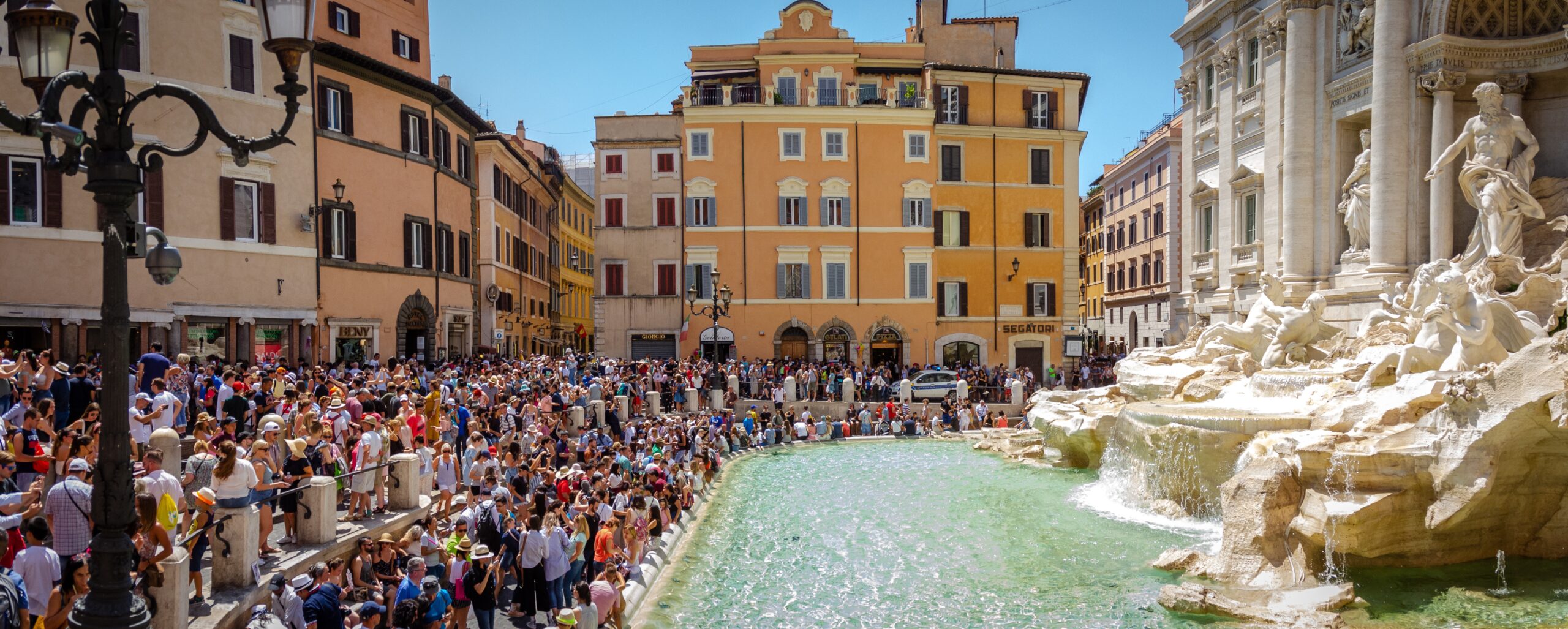
“Have you been promoted at work today? How much did you pay for that?” “Oh, just a few piasters. The goddess of luck at the Trevi Fountain looks at the heart before it looks at money.”
The Trevi Fountain in Rome is not only one of the city’s most famous landmarks but also a symbol of good fortune for many. It is believed by many to grant wishes, and each day, around 3,000 euros are tossed into its waters, a gesture of hope for luck or future blessings.
While the Trevi Fountain enjoys the spotlight, what many visitors don’t realize is that Rome is home to hundreds of fountains, both grand and small, scattered throughout the city. As you wander through Rome, you’ll encounter dozens of fountains, often without planning to, adding an extra layer of charm to your experience. However, the Trevi Fountain stands out as the most iconic of them all, celebrated worldwide for its stunning Baroque design. Towering at 26 meters in height, the Trevi Fountain is not just a masterpiece of art and architecture, but also a symbol of Rome’s rich cultural history and a must-visit for anyone exploring the city.
3- Pantheon
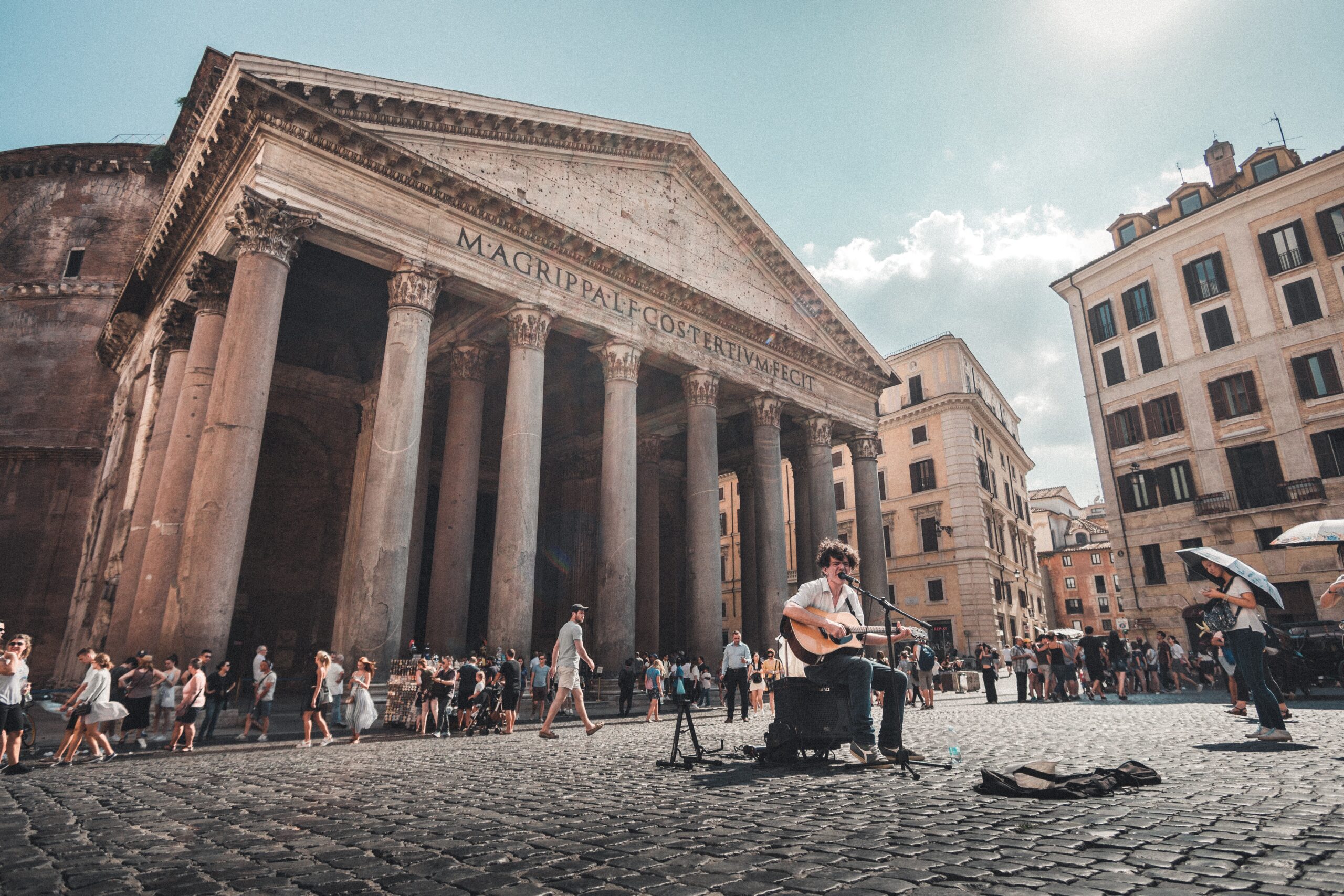
“Let’s pray. But where will we pray? Your God is different from mine, and each of us follows a different faith.” “Don’t worry, let’s head to the Pantheon—it’s the temple of all gods.”
This phrase captures the essence of the Pantheon, a monumental building in Rome originally designed to honor all the gods of ancient Rome. The very name “Pantheon” comes from the Latin word meaning “temple of all gods,” reflecting its purpose as a sacred space where every deity could be worshipped.
What truly sets the Pantheon apart is not just its historical significance, but its remarkable architectural achievement. The building is famous for its incredible engineering, particularly its massive dome. The dome, which is pierced by an opening at the top called the oculus, holds the title of the world’s largest unreinforced concrete dome. This engineering marvel remains one of the most striking features of the Pantheon, drawing admiration for its ingenuity and aesthetic beauty. The Pantheon stands as a testament to ancient Roman architectural brilliance and continues to captivate visitors with its blend of history, design, and cultural significance.
Milan
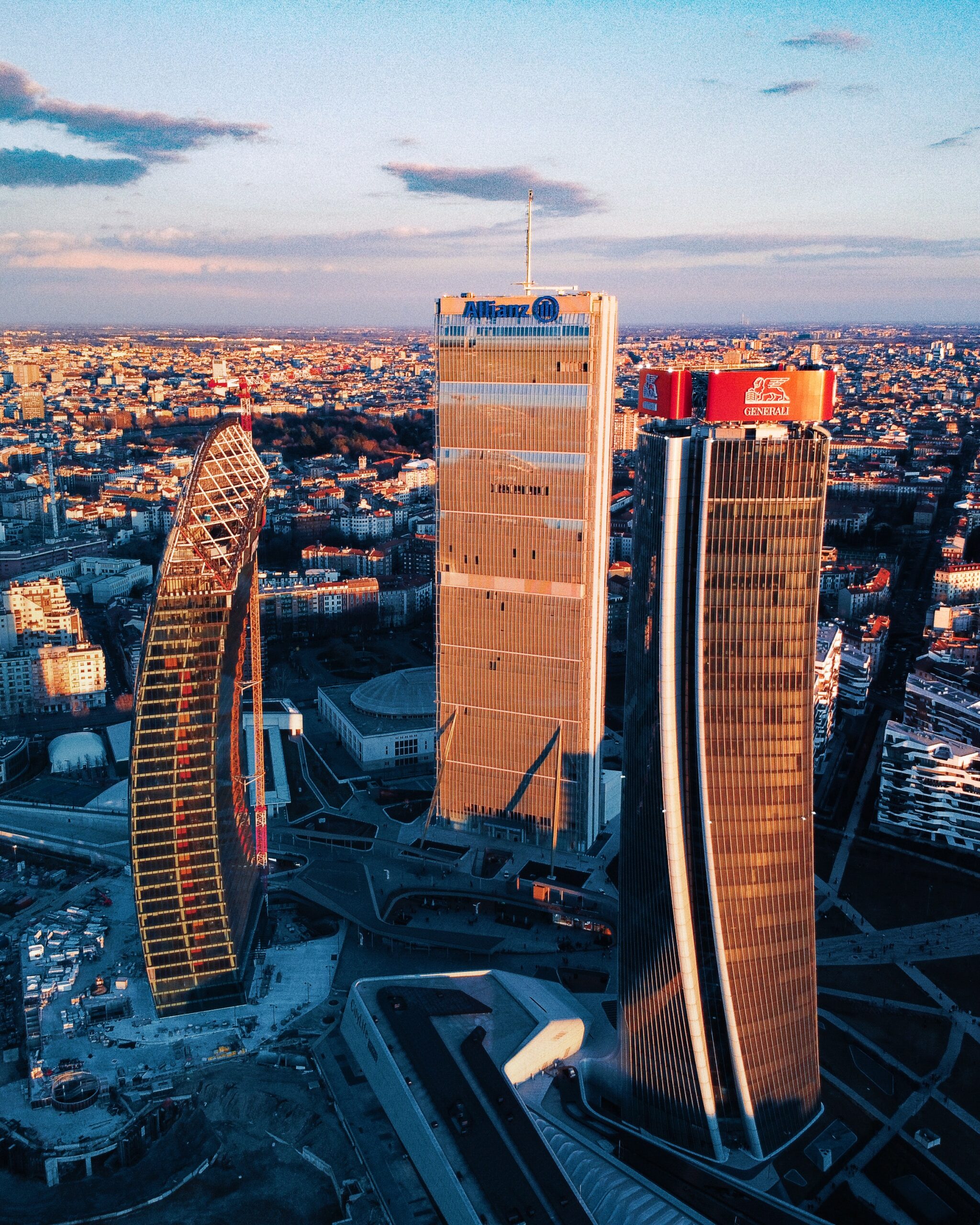
Welcome to Milan, the city located in northern Italy between the Po River and the Alpine Mountain range, which gave it a strategic location that raised it, especially during the revolution of modern industrial and technological development among the cities of Italy and made it one of the most beautiful tourist cities in the world attracting tourism.
In the past, Milan was the capital of the Western Roman Empire, from which the most iconic artists like Michelangelo and Leonardo da Vinci came out and presented the most beautiful works of art, but today Milan offers a wonderful mix between ancient historical buildings and modern high skyscrapers, and the city is famous for the abundance of shops and markets, especially high-end fashion stores, and there are commercial institutions, banks and stock exchanges, so many Milan is considered the financial and fashion capital of Italy and must be visited during tourism in Italy.
Top 3 landmarks in Milan:
1- Milan Cathedral
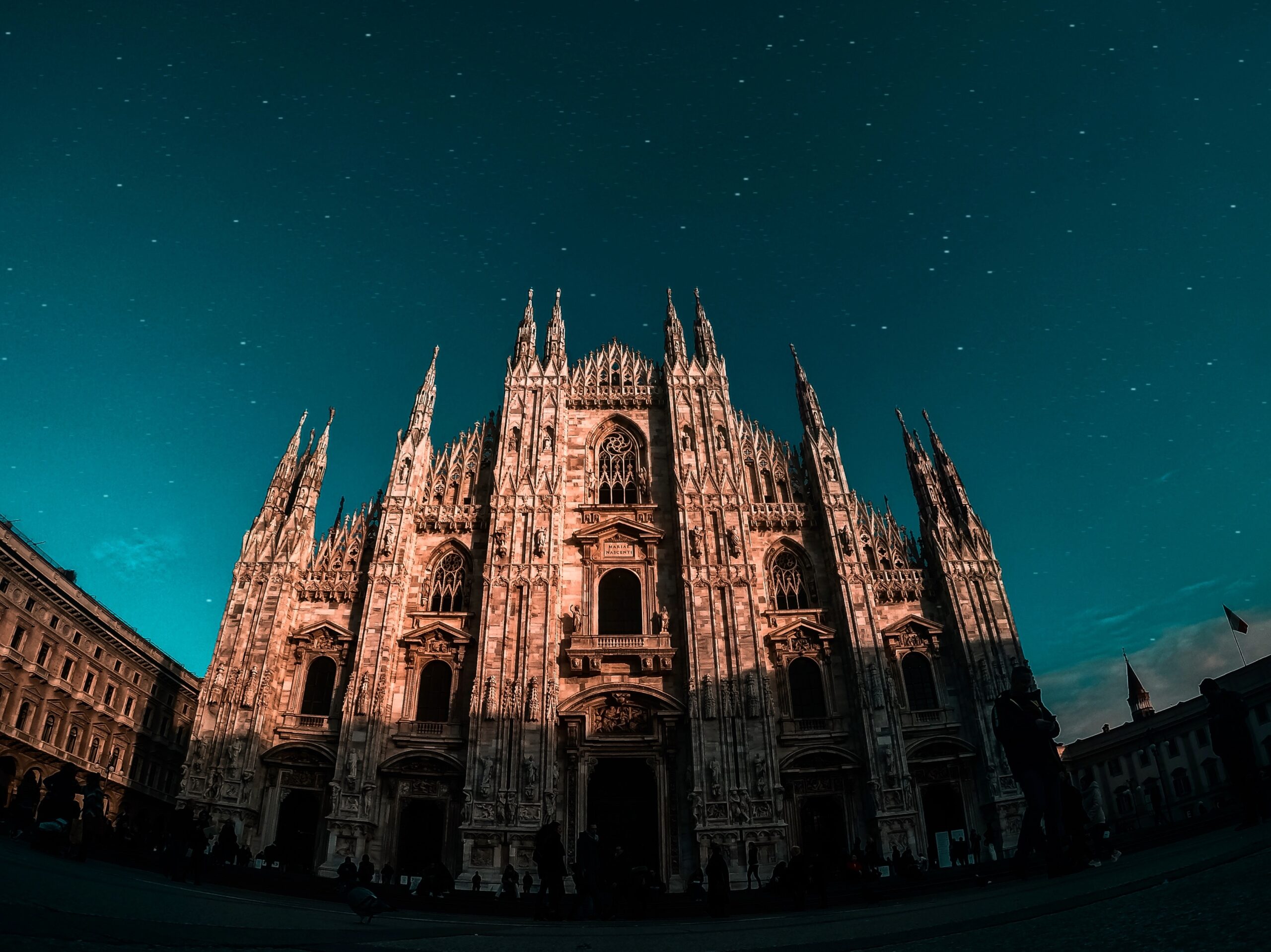
For its legends, the famous writer “Victor Hugo” chose it as the stage for his novel “The Hunchback of Notre Dame”. It is called “Santa Maria Nucente Cathedral” or “Il Duomo” for the locals, it is one of the most famous tourist attractions in Italy and occupies a very large position for everyone who intends to visit in Italy, this church is considered a spiritual symbol, and it is the best example of churches built in the ornate Gothic style, which was built in the 14th century AD, and is based on 52 powerfull columns, and has huge stained glass windows of great beauty.
The cathedral includes many paintings and artworks made by the world’s most famous artists and painters, and you will find many wonderfully carved statues, and you will see glass sarcophagi inside the bodies of the former bishops of the cathedral, and you will surely be impressed by the shape of the extraordinary piano decorated with unique artistic inscriptions.
2- Galleria Vittorio Emanuele II
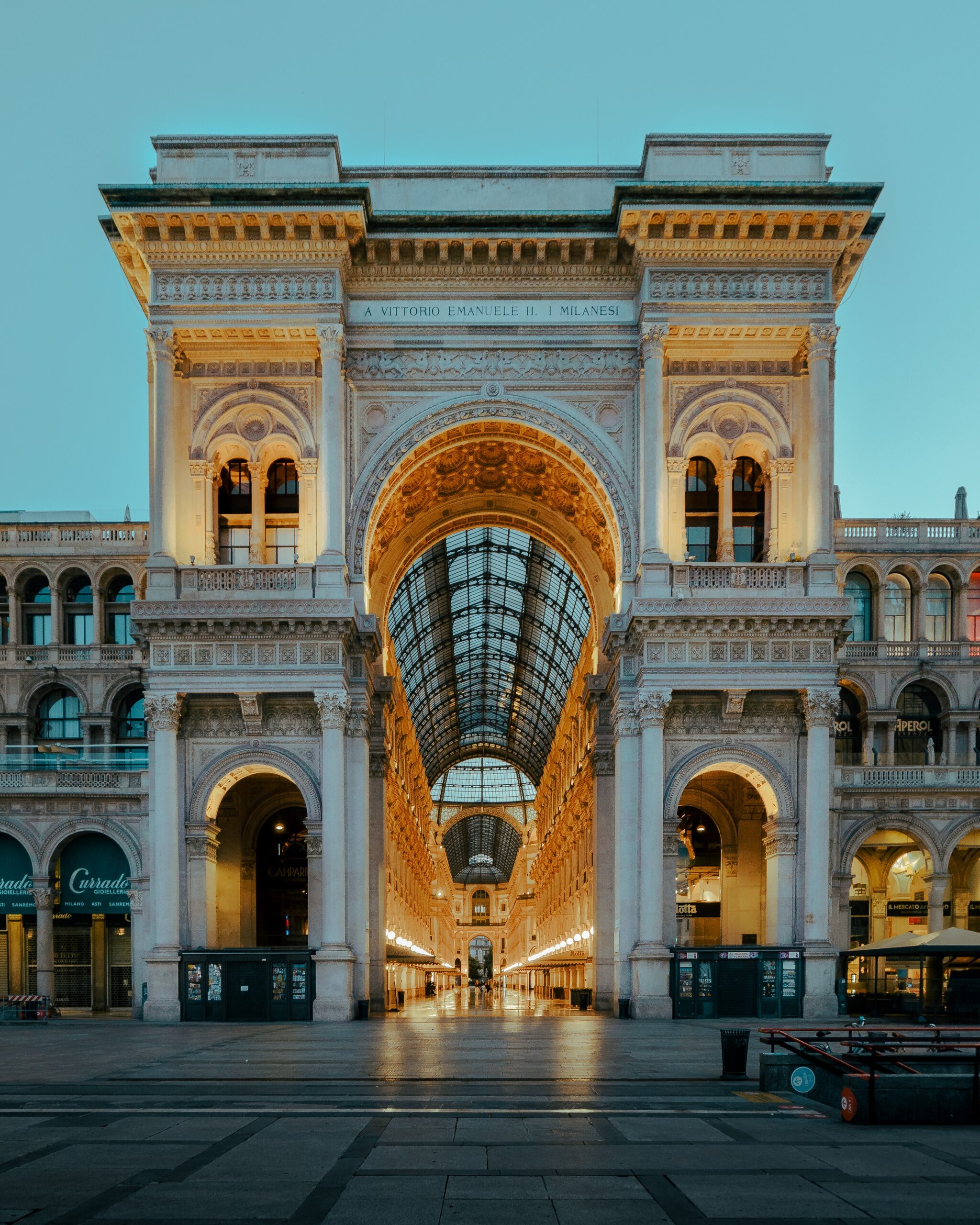
When you plan a trip to Italy, make sure to include a visit to the iconic Galleria Vittorio Emanuele II, one of the largest and most historic shopping complexes in the world. This stunning architectural marvel, often referred to as a vast indoor marketplace, was designed by the talented artist Giuseppe Mengoni and completed in 1865. With its intricate mosaic floors and soaring glass ceiling, the Galleria was a pioneering project that, at the time, became the largest shopping arcade in Europe.
Located in the heart of Milan, this elegant commercial hub is renowned not only for its grand design but also for housing a collection of high-end boutiques, prestigious restaurants, luxurious hotels, and bustling cafes. Its unique combination of luxury, history, and cultural significance makes it a must-see destination for tourists, embodying the essence of Milanese style and sophistication. Whether you’re there for shopping, a casual coffee, or simply to admire its architectural splendor, the Galleria Vittorio Emanuele II remains one of Italy’s most beloved landmarks.
3- Sforzesco Castle
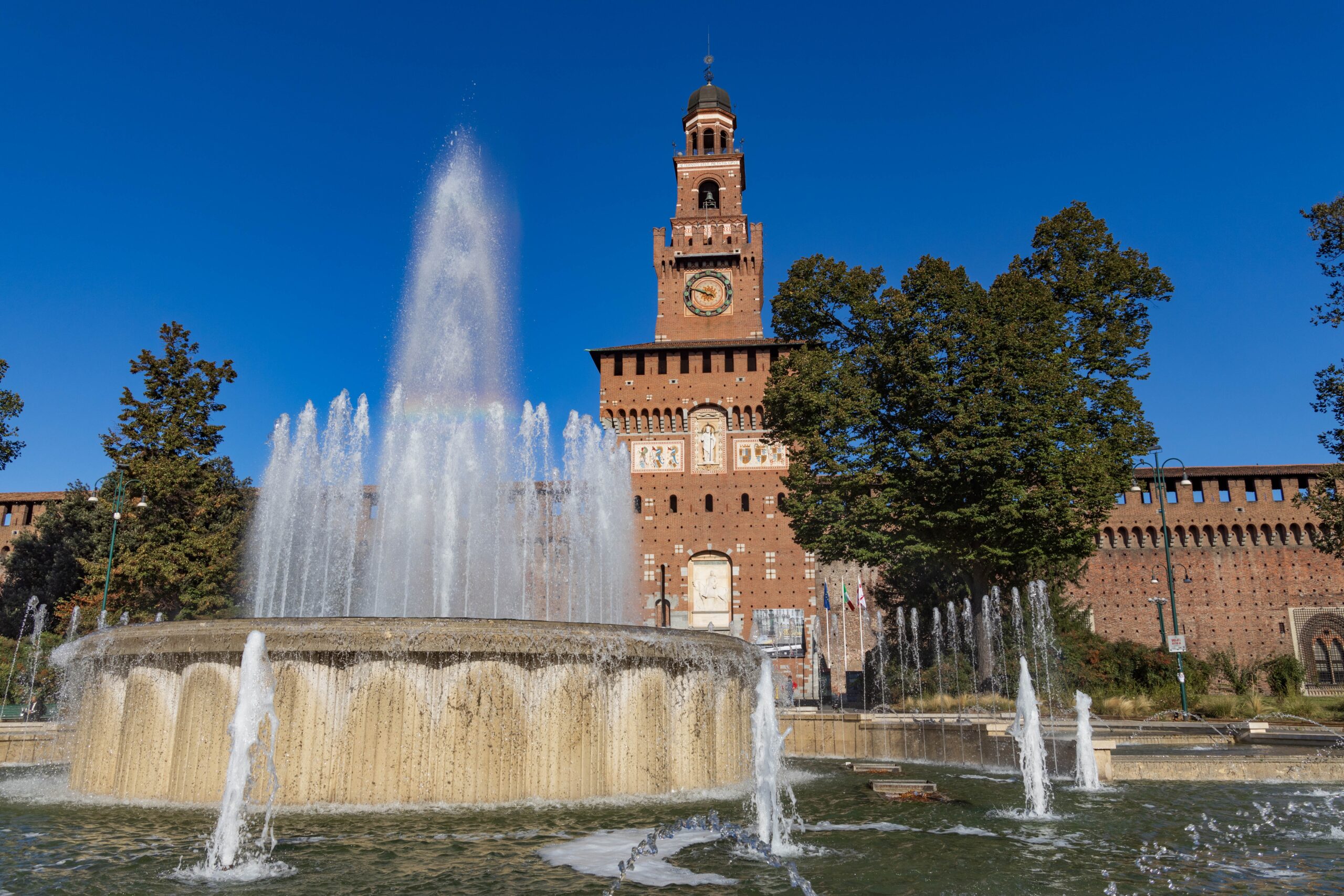
Sforza Castle, a defining icon of Milan, serves as a powerful symbol of Italy’s deep historical roots and architectural grandeur.The castle was named after Francesco Sforza, the Duke of Milan who commissioned its construction in the 15th century. Built upon the remains of a medieval fortress created by the Visconti family in the 14th century, the Sforza Castle is an impressive structure that embodies the power and ambition of its time. Francesco Sforza transformed the castle into a grand residential palace, carefully designed to reflect both his wealth and his vision.
The castle grounds were turned into a veritable paradise, featuring stunning fountains, meticulously manicured rose gardens, an elegant bridge, and a towering structure that offered panoramic views of the city. The interiors of the castle are equally remarkable, with exquisite frescoes and art pieces that include notable works by the legendary artist Michelangelo.
In present times, the Sforza Castle serves as a cultural hub, housing several museums that attract visitors from around the globe. Among these are the Archaeological Museum and the Natural History Museum, both offering fascinating insights into the region’s past. Additionally, the castle hosts a vibrant array of concerts and exhibitions throughout the year, making it a dynamic center of Milan’s cultural life. For any traveler, the Sforza Castle is not just a historical monument, but a lively, cultural paradise that showcases the best of Milan.
Venice
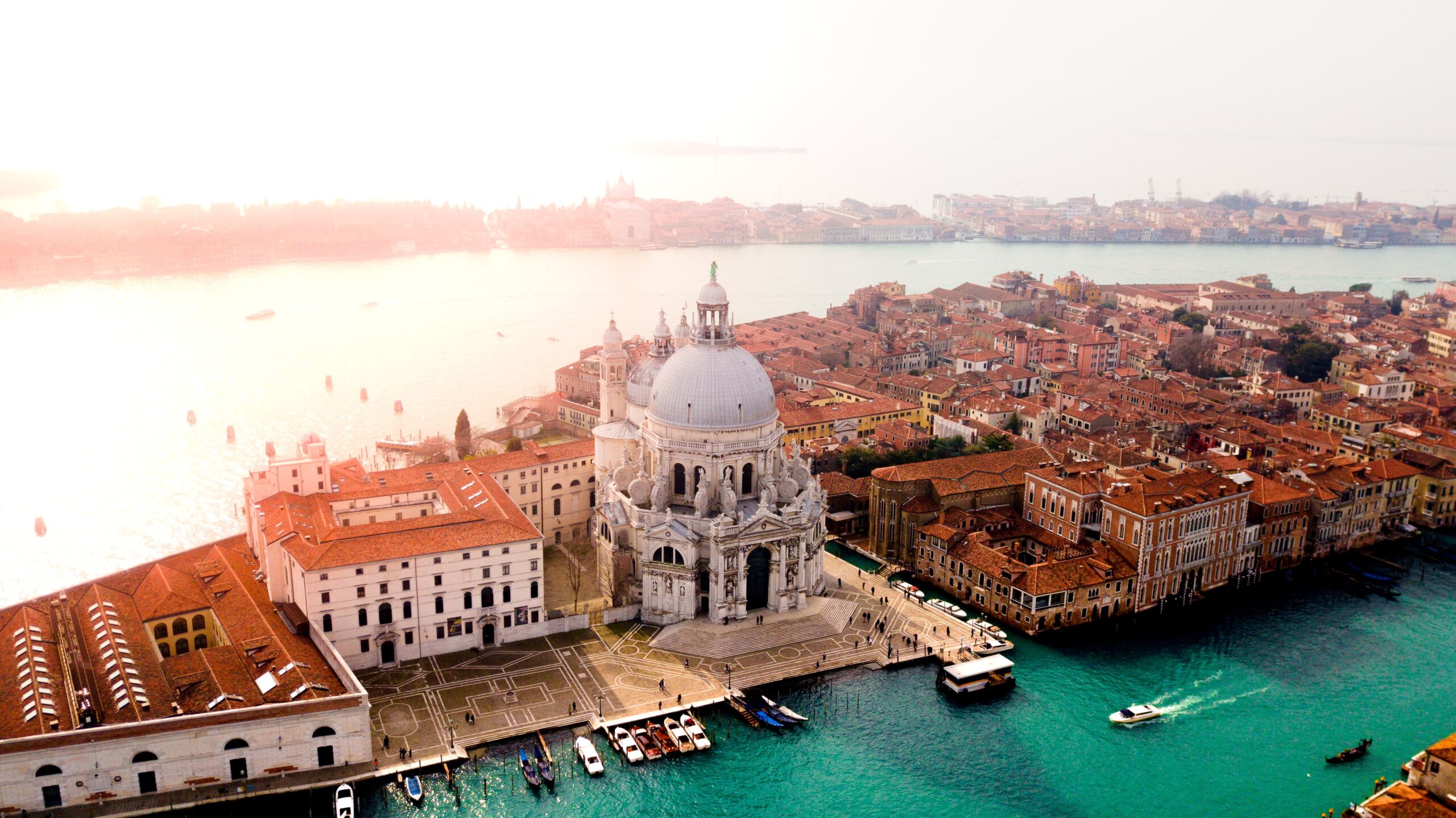
The Merchant of Venice is one of William Shakespeare’s most iconic plays, predating the rise of Venice as a powerful urban center in its own right. The play delves into mystical themes and utilizes symbolic elements, while also offering poetic glimpses into the allure and grandeur of Venice, a city that has become emblematic of Italy’s rich cultural heritage.
Venice, often celebrated for its breathtaking beauty and profound historical significance, stands as one of Italy’s most enchanting cities. Situated on 117 small islands, it is intricately connected by a series of elegant bridges and encircled by a labyrinth of winding canals. This unique layout contributes to the city’s awe-inspiring aesthetic, giving it a dreamlike and magical atmosphere that attracts millions of visitors each year. Beyond its visual charm, Venice also boasts a fascinating past. During the Middle Ages and the Italian Renaissance, it was not only a fortified stronghold but also a thriving hub of finance, commerce, and military power. The city’s strategic position allowed it to play a central role in European politics and trade. Today, Venice continues to captivate with its rich cultural legacy and remarkable landmarks, offering visitors a wealth of historical sites to explore. Let us delve into some of its most treasured attractions.
Top 3 landmarks in Venice:
1- Piazza San Marco
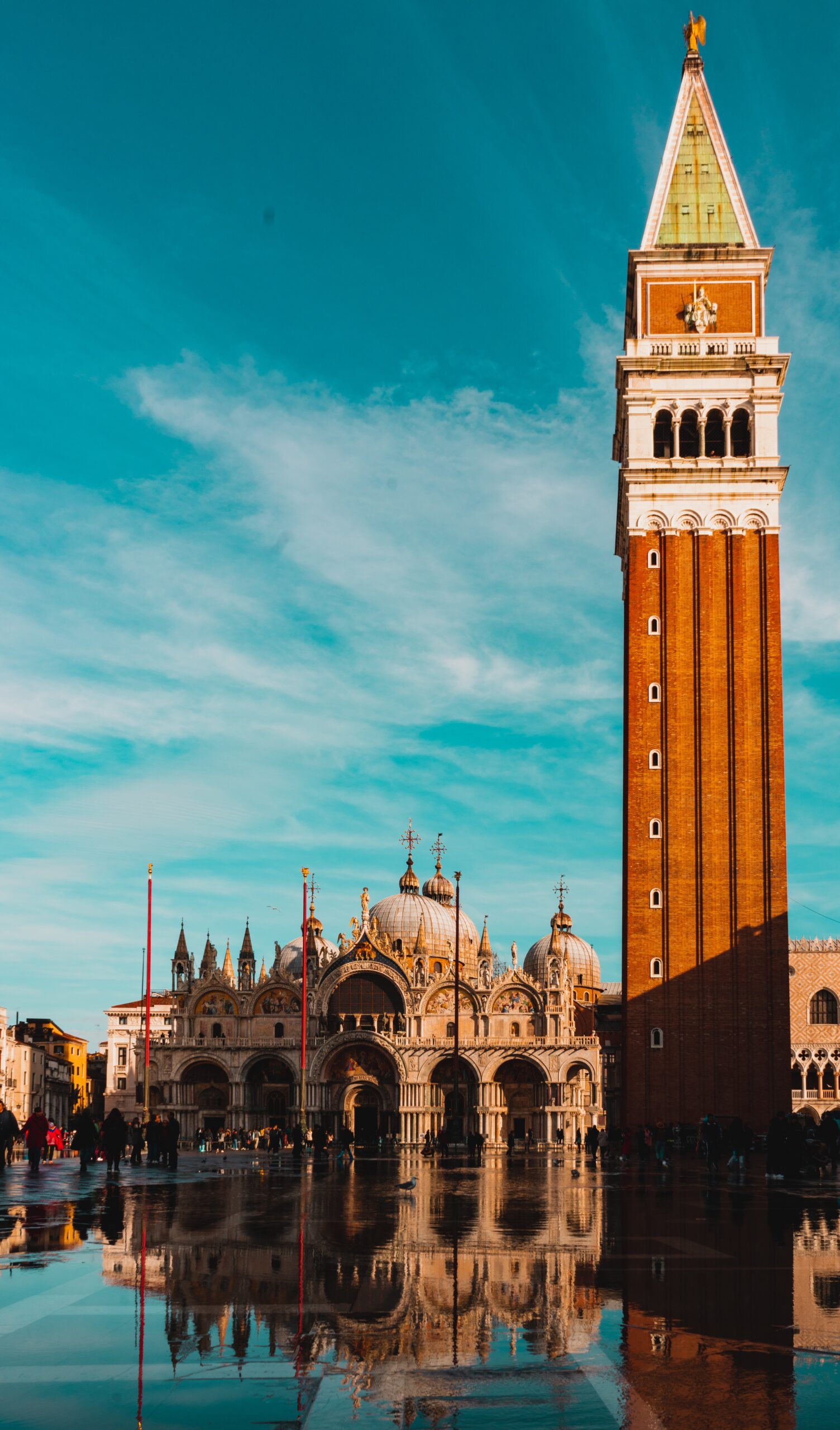
Known as Piazza San Marco or St. Mark’s Square, this iconic location is the heart of Venice, serving as the city’s central hub. It is an essential destination for anyone visiting Venice or, indeed, Italy. At the far end of the square stands the magnificent Basilica di San Marco (St. Mark’s Basilica), a masterpiece of Byzantine architecture, rich in both historical and religious significance. Nearby, you’ll find the serene Lagoon Waterway, where the city’s famous canals intersect, offering breathtaking views. Surrounding the square are grand palaces and libraries, each showcasing the remarkable cultural and architectural heritage of Venice.
Piazza San Marco is the only square in Venice to be formally called “Piazza” and serves as the main gathering place for locals and visitors alike. It lies at the city’s lowest point, making it a fascinating and symbolically significant space. With its unparalleled beauty and central location, no trip to Venice would be complete without a visit to this stunning square, which stands as a testament to the city’s historical, artistic, and cultural importance.
2- Rialto Bridge
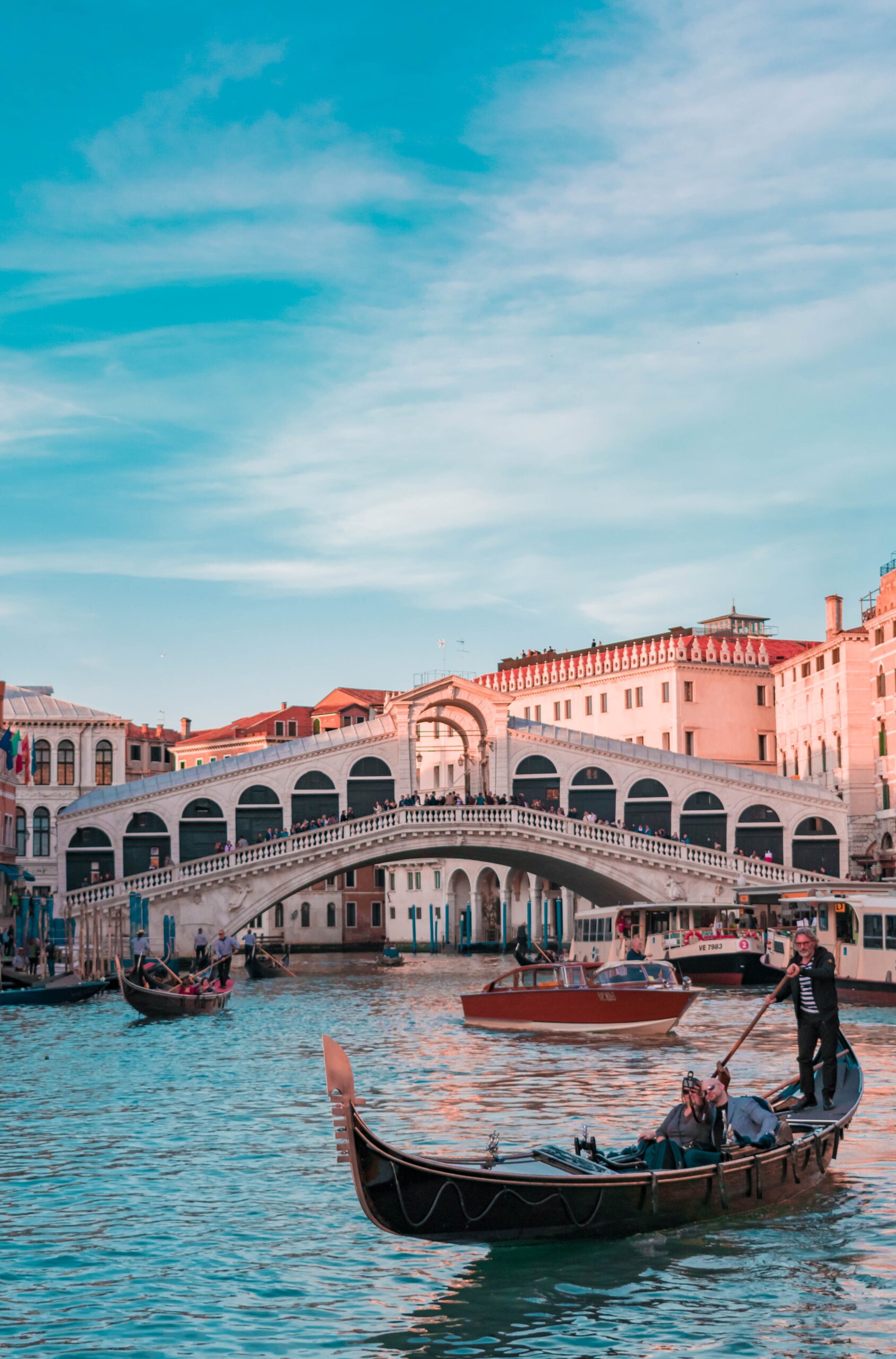
The Rialto Bridge, the oldest and most renowned bridge spanning the Grand Canal in Venice, has long served as a vital link between the districts of San Marco and San Polo. Revered as an architectural marvel, it has earned the title of the “eighth wonder of the world” due to its historical significance and striking design. Originally constructed from wood, the bridge withstood the test of time for centuries, but it tragically collapsed in the 16th century. In response, the authorities made the decision to rebuild the bridge using durable stone, ensuring its continued existence as a central feature of Venice’s urban landscape.
Today, the Rialto Bridge stands as a vital artery that unites the entire city, connecting the various districts and serving as one of Italy’s premier tourist destinations. Its impressive design rises to a height of 7.2 meters, allowing ample space for boats and gondolas to pass underneath. The bridge is also home to a unique architectural structure, featuring three corridors—one of which is a central passageway that leads visitors to an array of shops, offering everything from Venetian souvenirs to luxurious goods. The Rialto Bridge is not just a practical structure, but also a symbol of Venice’s enduring beauty and historical significance.
3- The Grand Canal
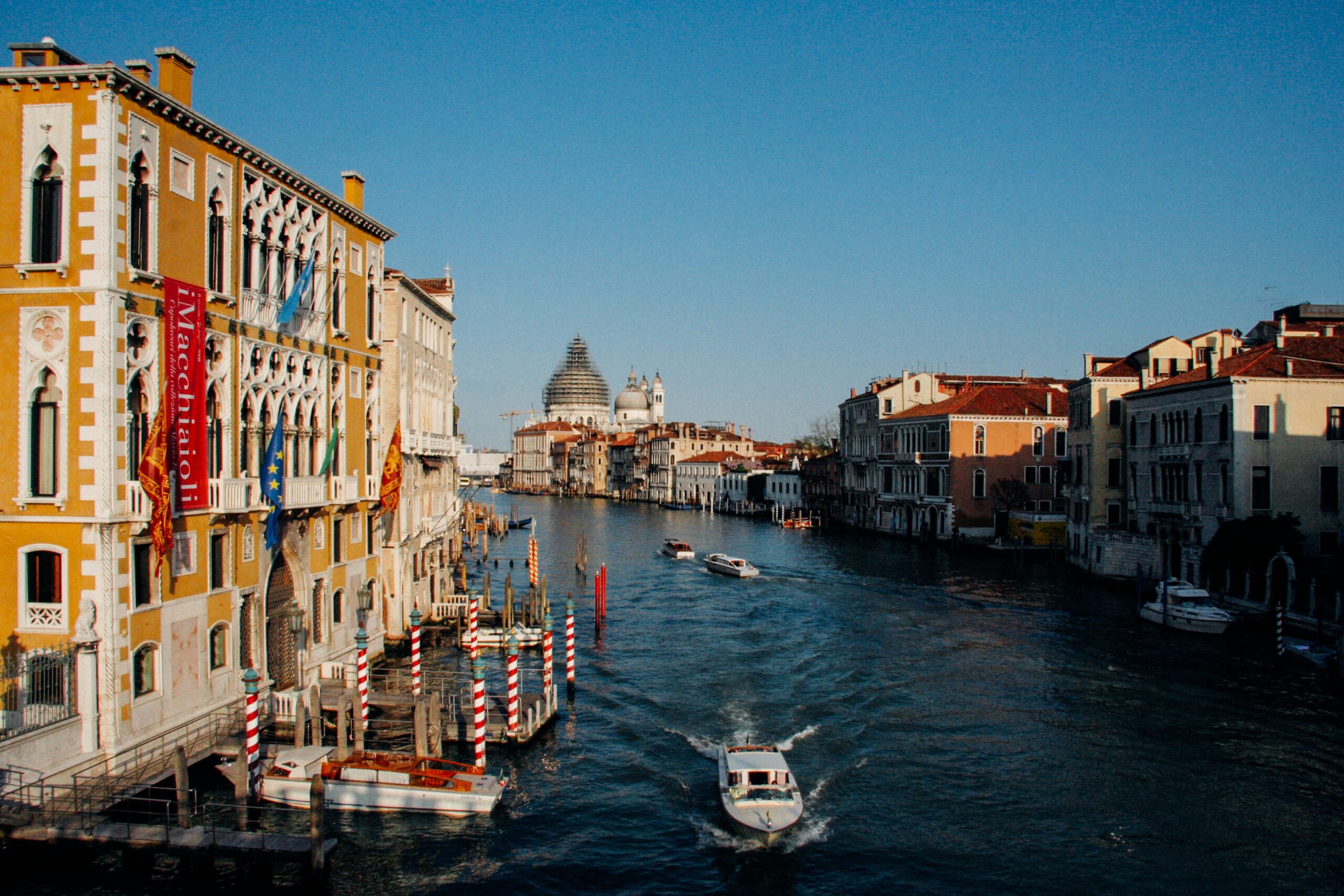
The Grand Canal derives its name from the Arabic term “Cannat” (قناة), which refers to a waterway or channel. Spanning a remarkable 3,800 meters in length, this iconic waterway serves as the primary passage for water traffic in Venice. Stretching across the city, it is flanked by numerous bridges, and alongside it, one can find a vibrant mix of houses, shops, and restaurants, all contributing to its lively and scenic atmosphere.
As the central thoroughfare for transportation within Venice, the Grand Canal is not only a vital route for locals but also a major draw for tourists. The canal weaves its way through many of the city’s most famous landmarks and attractions. Along its course, it passes by more than 170 historic buildings dating from the 13th to the 18th centuries. These well-preserved structures, each with their own unique architectural style, transport visitors back in time, offering a glimpse into Venice’s rich past. Walking or cruising along the Grand Canal gives one a chance to experience some of the most stunning and ancient sights in Italy, making it a must-see destination for anyone visiting Venice.
Florence
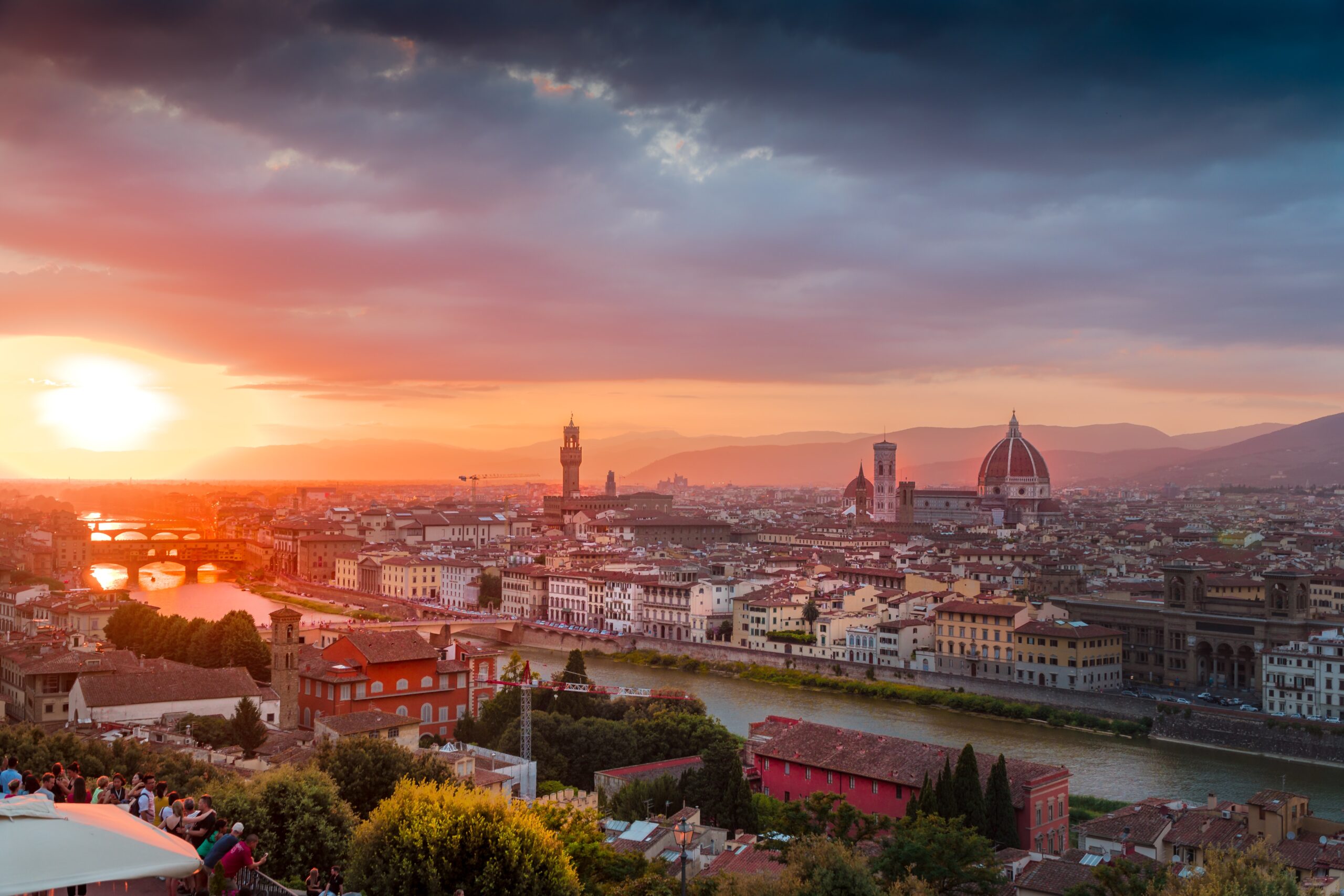
The city of Florence is nestled in the northern region of central Italy, occupying a visually striking and strategically significant location. It is encircled by a series of hills that form natural mountain walls, offering breathtaking views of the surrounding landscapes. The city is nourished by the Arno River, which flows through its heart, enriching the surrounding forests, plains, and expansive green spaces. Florence benefits from a mild continental climate, characterized by hot summers and cold, humid winters. This diverse natural environment, paired with its moderate weather, makes Florence not only a scenic city but also one steeped in a rich cultural atmosphere. The city is home to numerous cultural landmarks, including majestic palaces, historic churches, world-renowned museums, theaters, and lively public squares, all contributing to its artistic vibrancy.
Florence is globally recognized for its unparalleled artistic heritage and architectural wonders, having been at the forefront of the Italian Renaissance. During the Middle Ages, it was a thriving hub of trade and wealth, laying the foundation for the cultural and intellectual revolution that defined the Renaissance period. As the birthplace of this transformative era, Florence offers a treasure trove of art and history. Visiting the city in its entirety would take weeks, as there is so much to explore. Rather than relying on public transportation, it is highly recommended to explore the city on foot. By walking its charming streets, you will be able to immerse yourself in the full experience of Florence’s landmarks, such as the Duomo, Uffizi Gallery, and Ponte Vecchio, among many others. Florence is a perfect destination for anyone passionate about history, art, and architecture, making it an ideal place for solo travelers, families, and anyone seeking to experience the best of Italy’s cultural heritage.
Top 3 landmarks in Florence
1- Piazza del Duomo
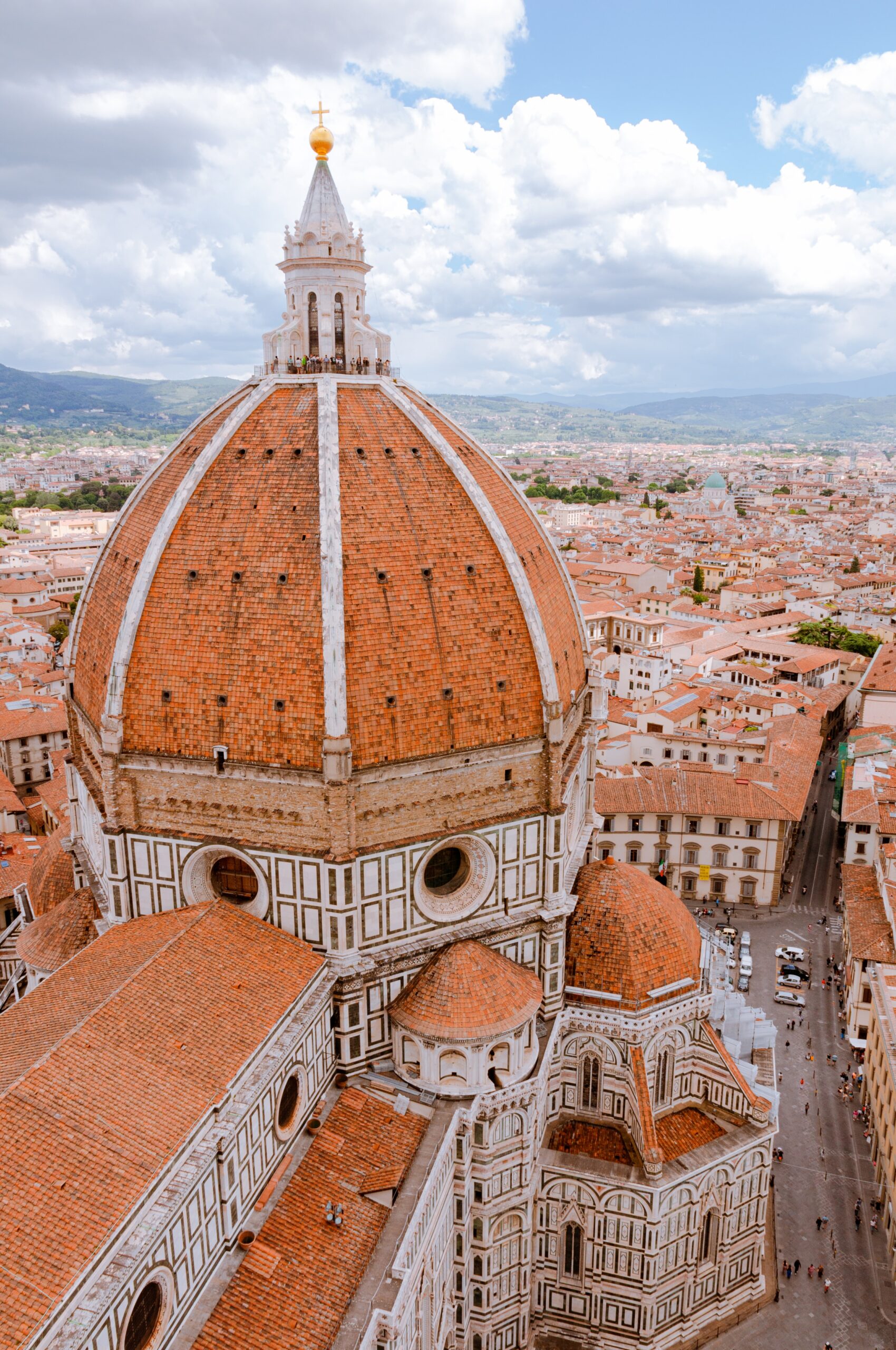
Piazza del Duomo in Florence stands as one of the grandest and most celebrated squares in Europe. With its expansive size and the stunning monumental buildings that surround it on nearly every side, this square offers a remarkable sight for visitors. It is not only one of Florence’s most iconic landmarks but also ranks as one of the most beautiful and impressive tourist destinations in all of Europe.
This square attracts a significant portion of the total number of tourists visiting Italy each year, drawn by the rich array of historical and architectural treasures it holds. Among the most notable sites in Piazza del Duomo is the Opera del Duomo Museum, which houses an extraordinary collection of art and artifacts. Visitors also marvel at the towering Giotto’s Campanile (the bell tower), which offers stunning panoramic views of the city. At the heart of the square stands the Florence Cathedral (also known as Santa Maria del Fiore), the largest church in medieval Europe. Its magnificent dome, designed by Filippo Brunelleschi, is an architectural masterpiece that dominates the city skyline. The square is also surrounded by other historical gems, making it a must-see for anyone seeking to experience the grandeur and beauty of Florence’s rich cultural and religious heritage.
2- Uffizi Gallery
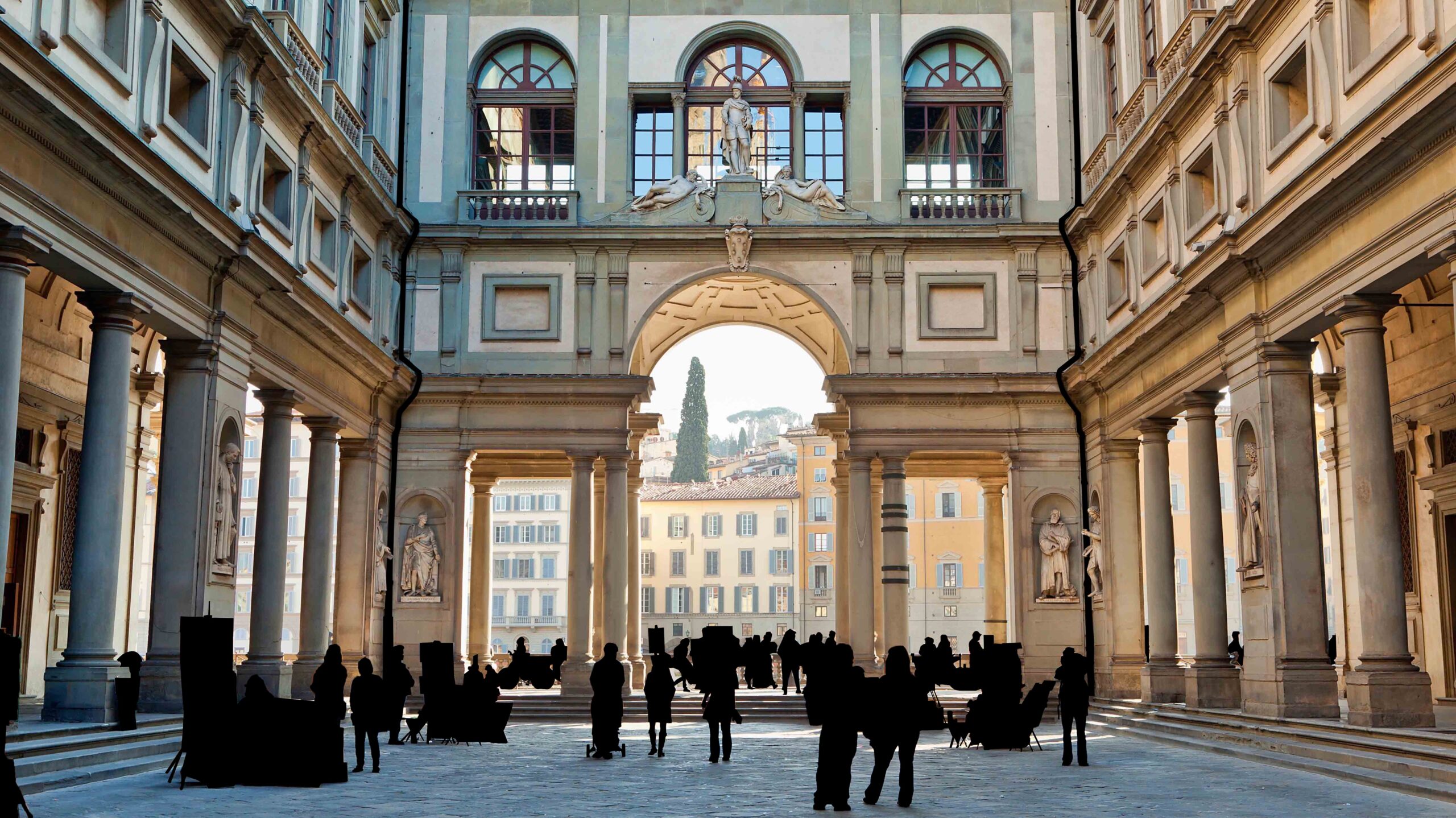
The Uffizi Museum is the proper and most widely recognized name for this renowned institution. It stands as a premier art museum, not only one of the largest in Italy but also one of the most visited and celebrated across the globe. The museum has achieved international fame and is widely regarded as a symbol of both Florence and Italy. Its immense cultural significance stems from its exceptional collection of priceless artworks, which showcase the rich legacy of the city’s former ruling families. These artworks, passed down through generations, reflect the grandeur and artistic brilliance of Florence during the Renaissance period.
The Uffizi is home to masterpieces by some of the greatest artists in history. It holds an impressive selection of sculptures and paintings by iconic figures such as Simone Martini, Gentile da Fabriano (known for his famous work The Adoration of the Magi), and Guido di Pietro, an influential Italian painter. The museum’s collection captures the heart of the Renaissance, offering visitors an unparalleled opportunity to experience the artistry, creativity, and cultural achievements of one of the most transformative periods in history. It is a must-visit destination for art lovers and tourists, providing a deep dive into the artistic soul of Italy.
3- Vecchio Bridge
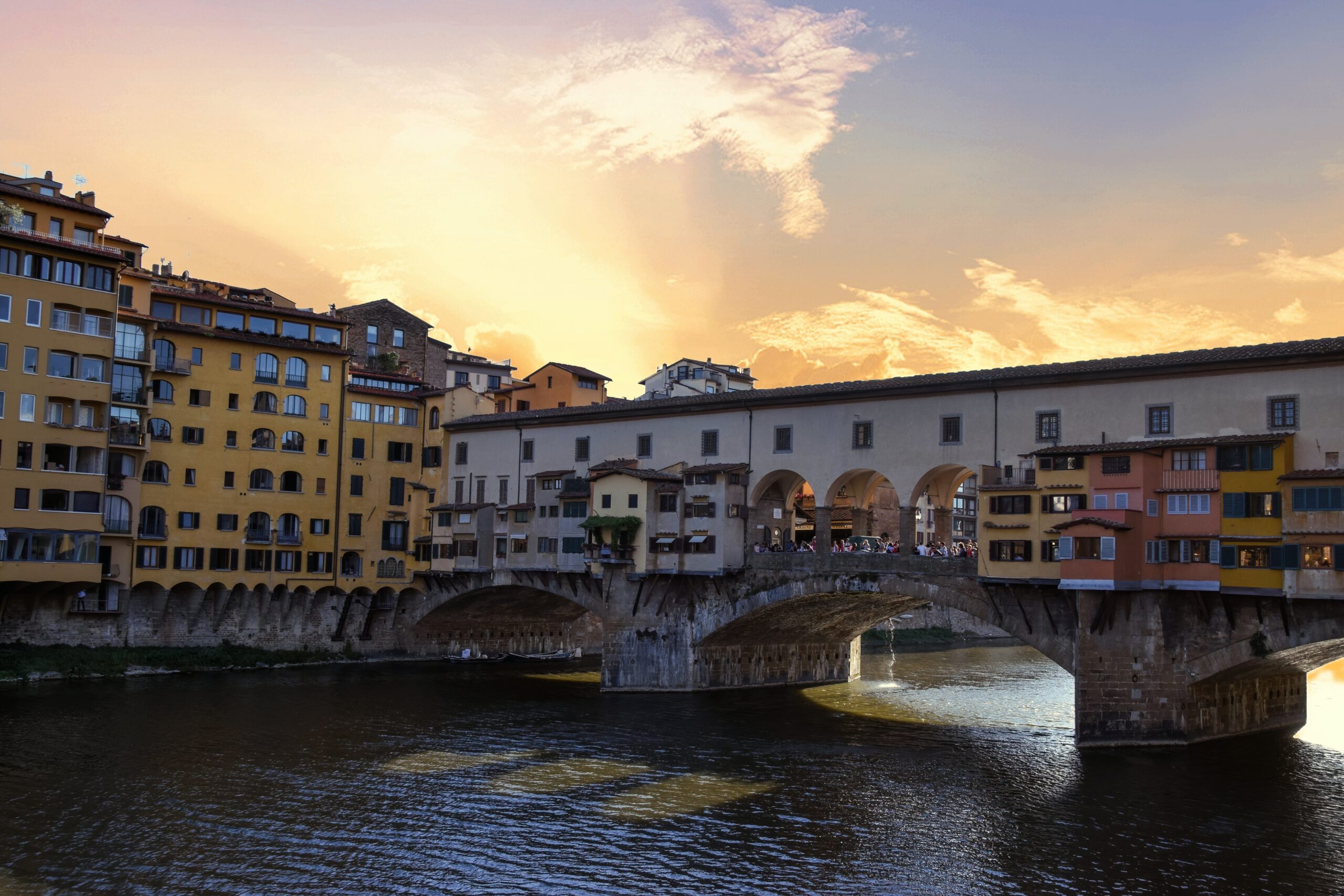
The Ponte Vecchio (Old Bridge) is not only the oldest but also one of the most iconic bridges in Italy, renowned for its unique historical and architectural significance. Spanning the Arno River in Florence, it forms a vital link between the two banks of the river, supporting both pedestrian traffic and a remarkable array of structures. The bridge is teeming with life, as it carries tourists, visitors, and locals across its path, all while being home to a variety of shops that line its length on both sides. These shops, which have existed for centuries, add to the bridge’s charm, offering everything from jewelry to traditional crafts.
The bridge itself is supported by two massive reinforced concrete pillars, which are anchored deep into the riverbed, providing it with the strength needed to bear the weight of the buildings and visitors above. To offer shelter to those crossing, a roof was constructed on top of the bridge. This protective covering serves a practical purpose, shielding pedestrians from the scorching heat of summer, as well as from the rain, snow, and lightning during the winter months. The Ponte Vecchio is a symbol of Florence’s enduring beauty, its history, and the seamless blend of functionality and artistry that characterizes the city’s architectural legacy.
Naples

Naples is one of the most ancient and remarkable cities in Italy, with a history that stretches over 2,800 years, making it a city steeped in both culture and legacy. As the third-largest city in Italy by area, after Rome and Milan, Naples holds a central position in the country’s cultural and historical landscape. Situated in southern Italy, it is the largest city in this region, acting as both a cultural hub and a key metropolitan center.
Recently, Naples was added to the prestigious UNESCO World Heritage List, underscoring its exceptional significance. It is one of Italy’s top tourist destinations, drawing visitors not only for its rich history but also for its status as an industrial and technological powerhouse in the southern part of the country. The city’s dynamic combination of tradition and modernity makes it a unique place to explore.
Naples is internationally famous as the birthplace of Italian pizza. The world’s first pizzeria, Antica Pizzeria Port’Alba, was founded here in 1830 and is still in operation today. This iconic establishment is where the modern pizza was born, eventually spreading to the rest of the world. If you’re in Naples, sampling a slice of pizza from this historic pizzeria is a must, as it offers a taste of the origin of one of the world’s most beloved dishes.
Top 3 landmarks in Naples
1- Church of Sansevero
Although small in size, Santa Maria della Pita Church (also known as Pitatella) is one of the most notable tourist attractions in Naples. Its significance lies not only in its historical background but also in the remarkable artistic treasures housed within its walls. The church is particularly renowned for its Santa Maria della Pita Chapel, a site of both religious and cultural importance.
The interior of the church is a veritable gallery, showcasing a wealth of Italian art, with approximately thirty masterpieces displayed throughout its floors. These works, created by some of Italy’s most celebrated artists, add to the church’s prestige. One of the most striking pieces is the monument to Sangro, a testament to the artistic skill and craftsmanship of the time. The combination of history, religious significance, and artistic wealth makes Santa Maria della Pita a must-visit destination for anyone exploring the cultural depths of Naples.
2- Dell’ovo Castle
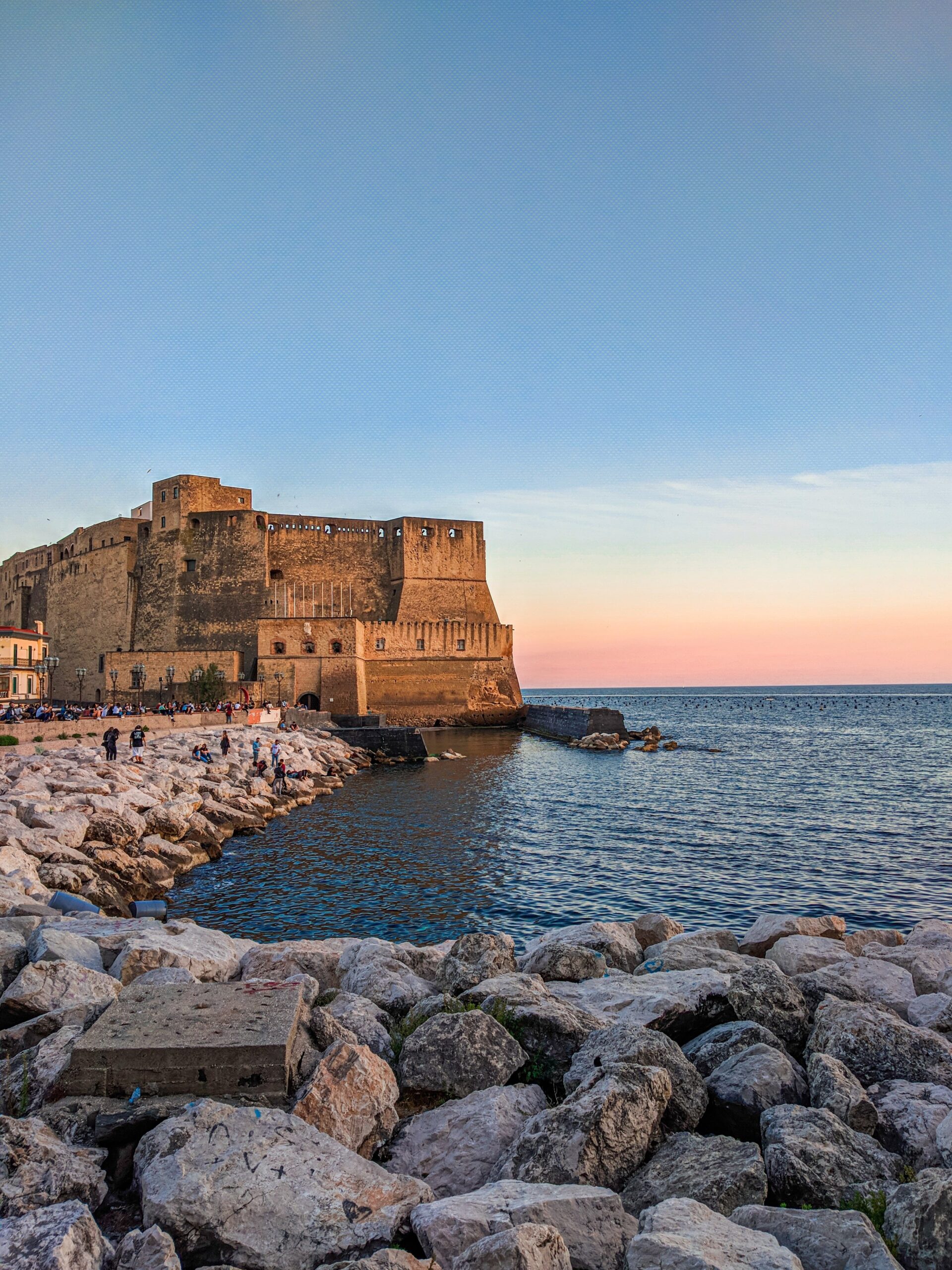
If you’re looking to experience both history and breathtaking views, Castel dell’Ovo is the perfect destination. From the top of this historic fortress, you can enjoy one of the most stunning panoramic vistas of the Gulf of Naples, offering a spectacular blend of natural beauty and historical grandeur.
Situated on a peninsula, Castel dell’Ovo is uniquely surrounded by the sea on three sides, which enhances its strategic and picturesque location. This positioning gives the castle a distinctive charm, standing as a symbol of Naples’ rich past. Adding to its appeal, the area around the castle is vibrant with a variety of restaurants and cafes, where visitors can relax while soaking in the views. Furthermore, its proximity to other major tourist attractions in Naples makes it an ideal spot to explore both the city’s history and its contemporary charm in one visit.
3- Vesuvius National Park
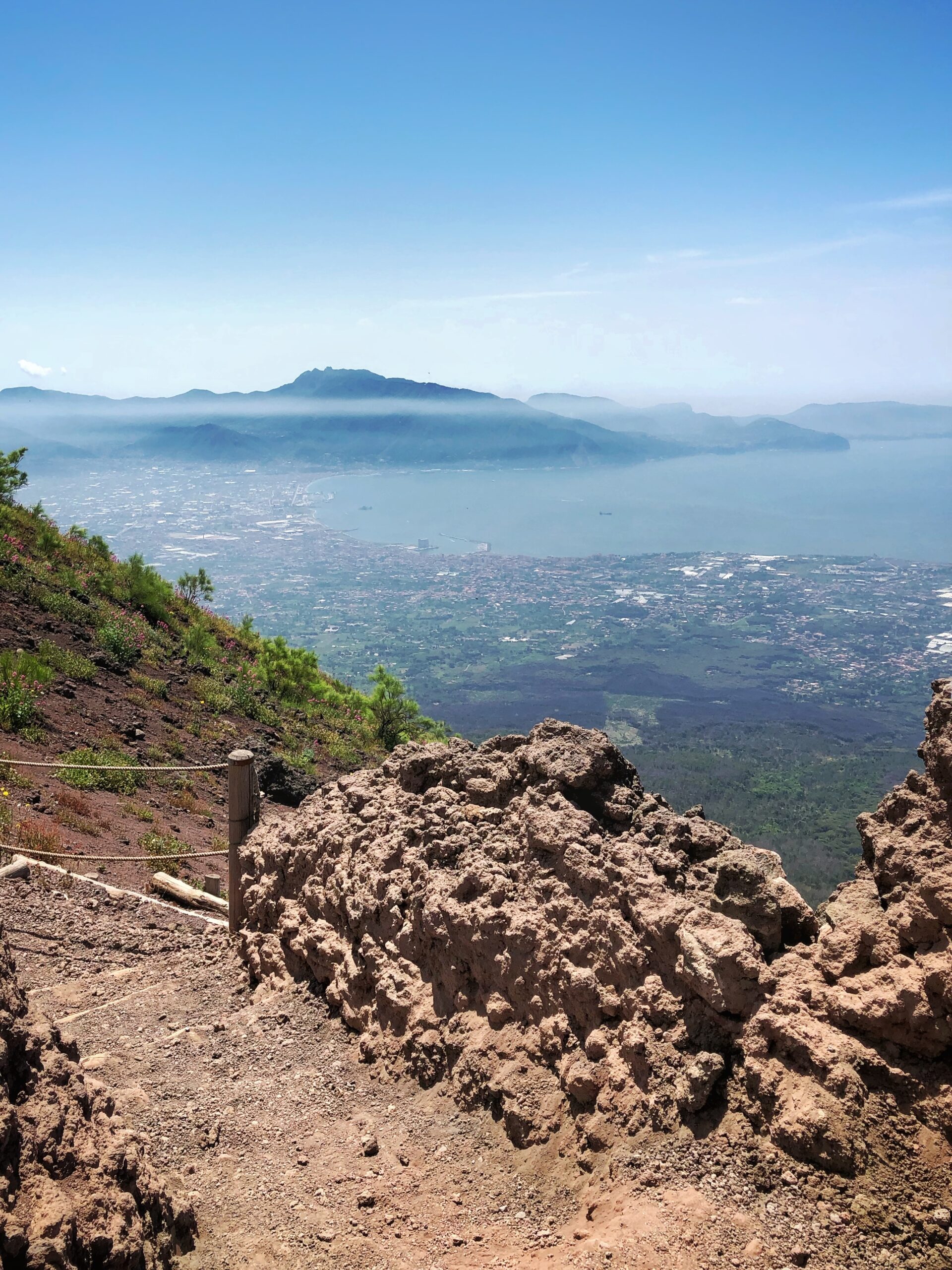
In 1995, Vesuvius National Park was officially established, becoming an emblematic symbol of Naples. The park was created to protect the surrounding area, which includes one of the most renowned and active volcanoes in the world, Mount Vesuvius. Covering an area of approximately 135 square kilometers, the park is not only a natural haven but also a key part of the region’s geological and cultural heritage.
Within Vesuvius National Park, visitors can explore a rich diversity of flora and fauna. The park is home to 612 species of plants and 227 species of wild animals, providing a vibrant ecosystem to discover. In addition to its natural beauty, the park is dotted with statues, sculptures, and ample parking areas, making it accessible for visitors to enjoy both its scenic views and historical landmarks. The park offers a unique opportunity to experience the majesty of Mount Vesuvius while immersing oneself in the natural wonders of the surrounding landscape.
Pisa
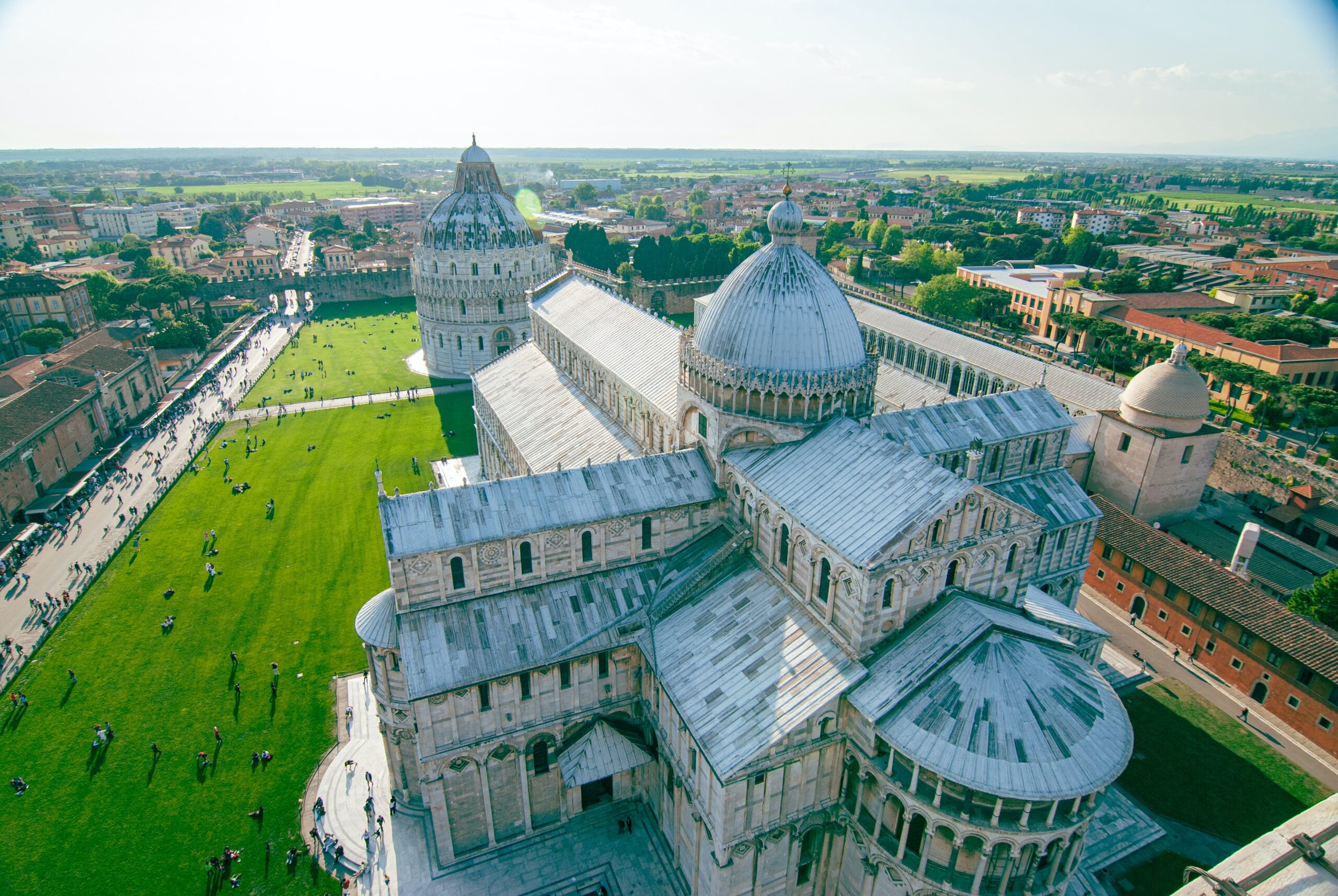
When you think of Pisa, the first image that likely comes to mind is the iconic Leaning Tower of Pisa, but this historic city is so much more than just its famous tower. In addition to being the birthplace of the Leaning Tower and the renowned scientist Galileo Galilei, Pisa is also home to a wealth of remarkable cultural landmarks. One of the city’s most distinctive features for visitors is that many of its most famous attractions are all concentrated in one place: the Piazza dei Miracoli (Square of Miracles). This stunning square is not only a central point for tourism but is also a UNESCO World Heritage site, showcasing some of Italy’s most incredible architectural feats.
If you’re visiting Pisa, don’t miss the chance to stroll through its charming streets near the city center. Although Pisa is relatively small, it offers a wealth of history and beauty, with every corner revealing something worth exploring. Moreover, Pisa’s convenient location makes it an ideal city to visit alongside Florence or Rome. The train ride between Pisa and Florence takes just about an hour, and you can reach Rome in only two hours by train. This proximity means you can easily enjoy a day traveling between these three captivating cities, making for a truly unforgettable experience filled with art, history, and culture.
Top 3 landmarks in Pisa:
1- Leaning Tower of Pisa
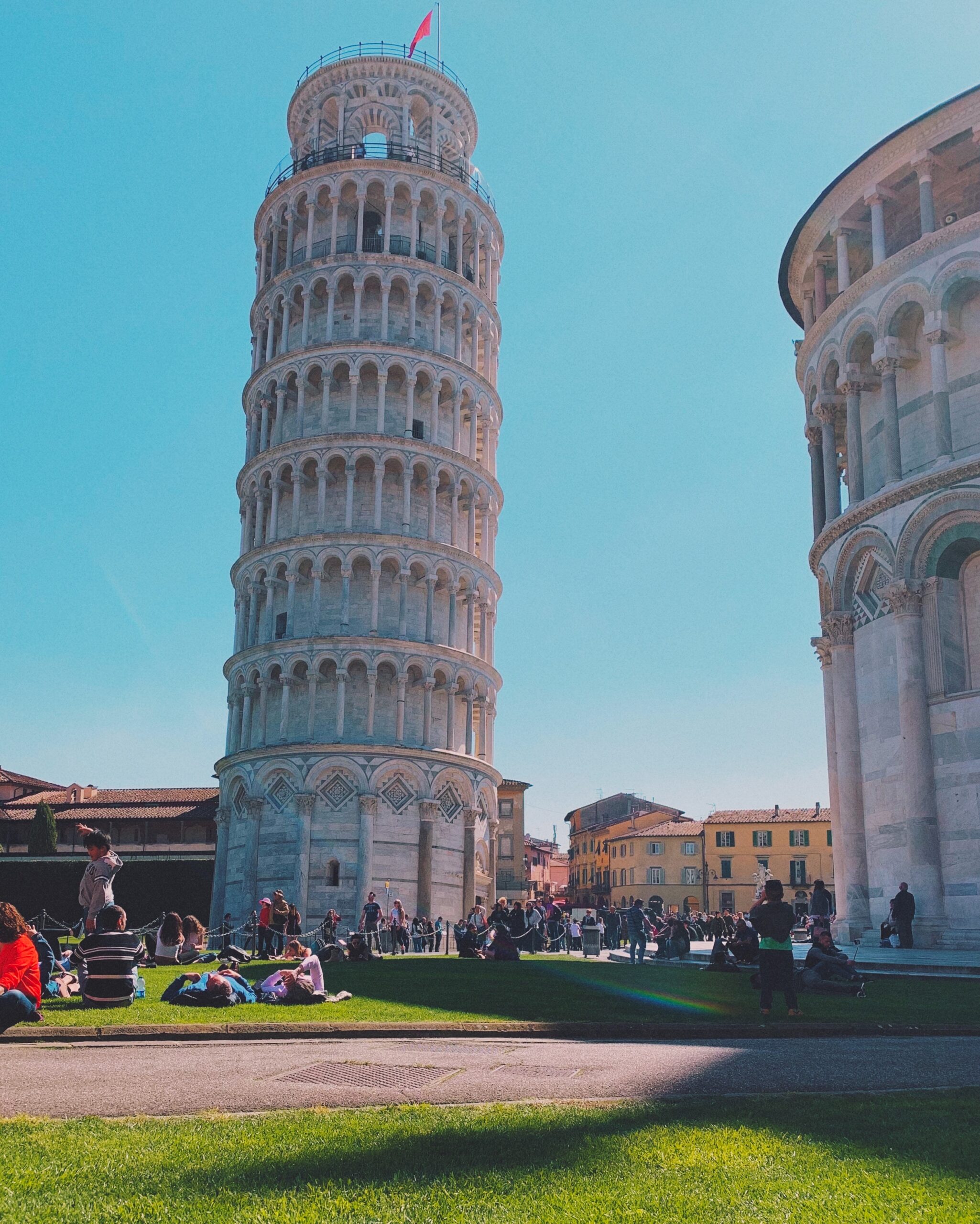
The famous tilt of the Leaning Tower of Pisa was never a result of intentional design but rather an unfortunate engineering flaw, a coincidental mistake during its construction. The tower took nearly 200 years to complete, and from the very beginning, its tilt began to emerge due to the soft ground on one side, which couldn’t properly support its weight.
For centuries, there were numerous attempts to correct the tilt, but all efforts to stop it from worsening proved unsuccessful. It wasn’t until 2008, when a team of engineers and specialists stepped in with modern techniques, that the tower was finally stabilized. This marked a groundbreaking achievement, as it was the first time in 800 years that the tower was fully stabilized, preventing further risk of collapse.
One of the most memorable experiences for visitors is the opportunity to climb the Leaning Tower and take in panoramic views of Pisa from above, including a stunning sunset over the city. However, don’t be alarmed if you feel slightly tilted as you ascend the tower—this sensation is entirely normal! After all, the Leaning Tower of Pisa didn’t earn its name by accident.
2- Pisa Cathedral
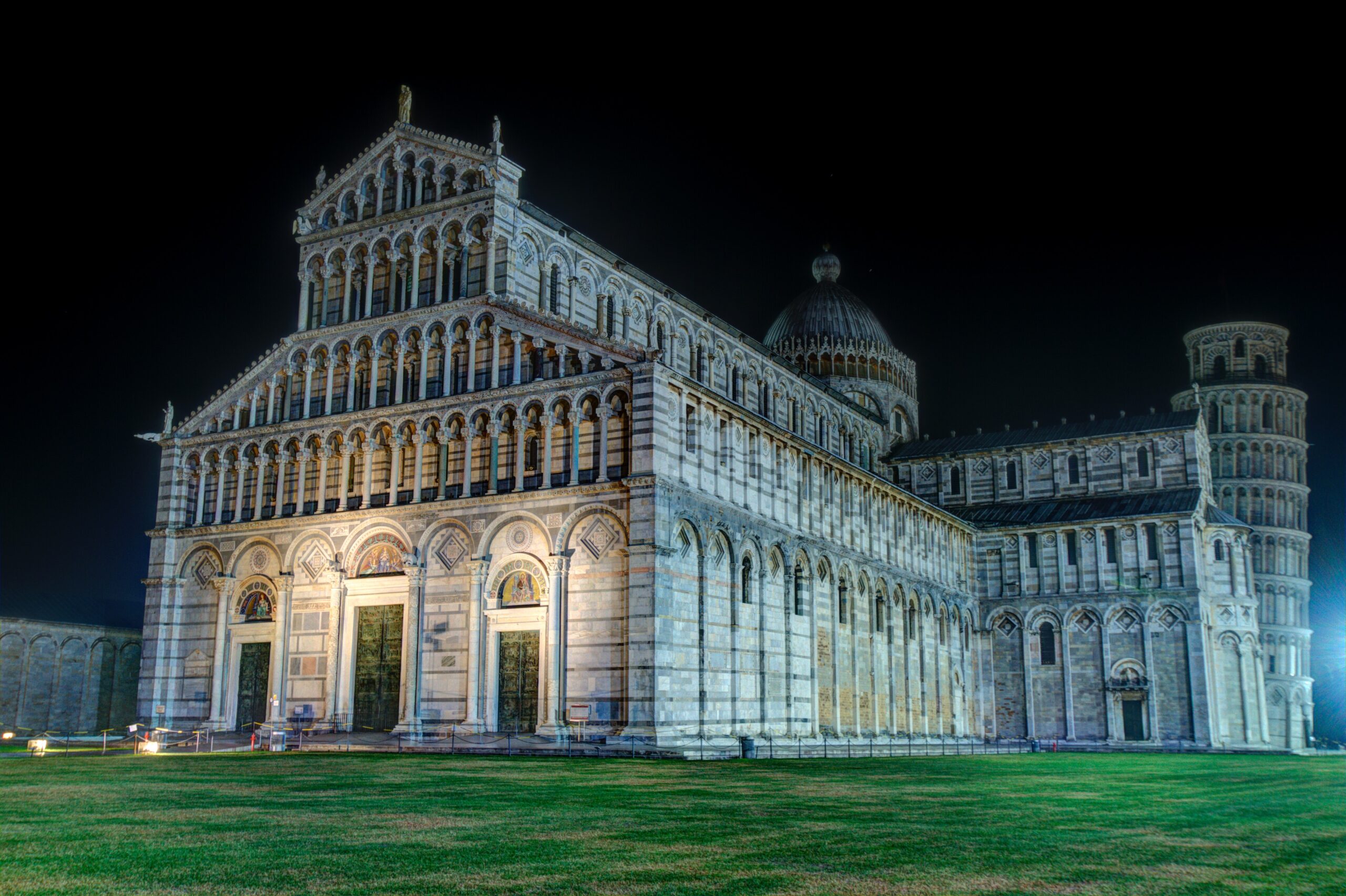
The Cathedral of Pisa, located in the heart of Pisa, Italy, is a stunning example of medieval architecture, dating back to the 11th century. It is one of the most iconic landmarks in the city, attracting countless visitors who travel to Italy for its historical and religious significance.
The cathedral is not only famous for its age but also for its outstanding architectural features. It is considered a masterpiece of Romanesque architecture, with intricate decorations both inside and outside. The exterior of the cathedral is adorned with detailed sculptures and ornate carvings, while the interior continues this theme with beautiful frescoes and artworks that reflect the creativity and craftsmanship of the time.
One of the most remarkable features of the cathedral is its elliptical dome, which adds to the cathedral’s grandeur and architectural beauty. Visitors can also explore the cathedral museum, which houses a collection of art and religious artifacts, further enriching the experience of this magnificent structure. Whether you’re admiring the intricate details or simply soaking in its historical significance, the Cathedral of Pisa is truly a highlight of any visit to the city.
3- Migliarino Natural Park San Rossore
Milliarino Natural Park is a paradise for nature enthusiasts, offering a wealth of natural resources that make it an ideal destination for a wide variety of outdoor activities. Whether you’re looking for relaxation or adventure, this park provides plenty of options to suit every interest.
Visitors can explore the park’s lush landscapes and serene surroundings by walking, cycling, or even riding horses along its scenic paths. For those looking to experience the park from a different perspective, there are small boats available to navigate the Arno River, allowing you to appreciate the natural beauty of the park from the water.
Milliarino Natural Park is an excellent destination for families, providing a peaceful and safe environment for children to explore nature. It’s the perfect place to enjoy a summer vacation, offering fun and educational experiences for people of all ages. Whether you’re traveling solo, with friends, or with family, the park caters to everyone, making it a wonderful spot to reconnect with nature and enjoy a variety of outdoor activities.
Turin
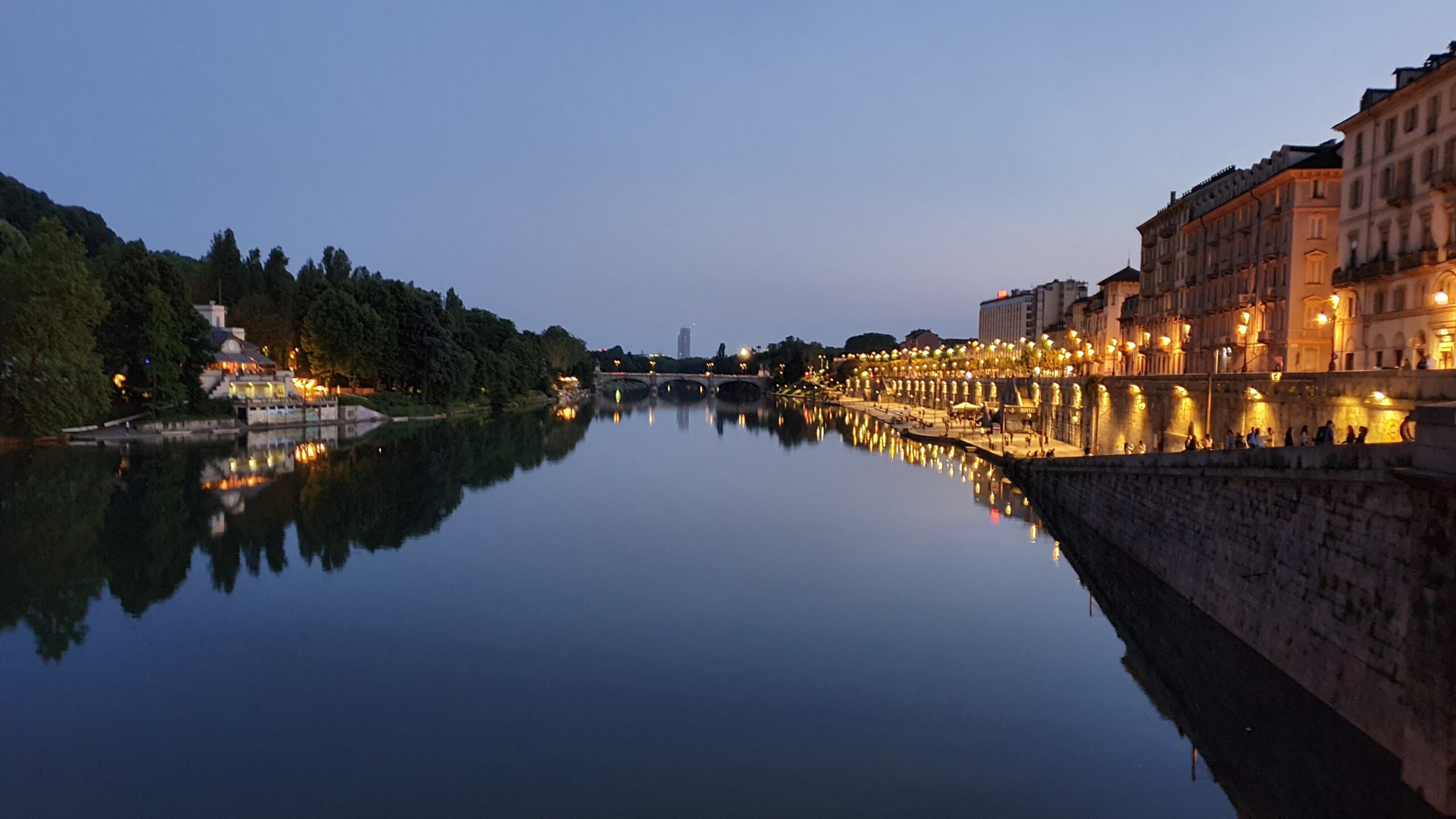
Turin, often referred to as the royal city of Italy, truly lives up to its title. As the first capital of a unified Italy, it holds significant historical importance, having also been the birthplace of the nation’s first king. This city is a treasure trove of Italian heritage, boasting a remarkable array of grand palaces, art galleries, museums, and elegant churches, all set within picturesque squares that further enhance its regal charm.
Known as the “Chocolate Capital of Italy,” Turin is a paradise for chocolate lovers, especially Nutella enthusiasts. The city is home to the iconic chocolate-hazelnut spread’s origins, and you’ll find countless artisanal chocolate shops offering an abundance of sweet treats.
For food lovers, Turin is a culinary haven. The city’s cuisine is diverse and renowned throughout Italy, with dishes that range from savory to indulgent. Turin is celebrated for its rich gastronomy, including its famed agnolotti pasta, delicate truffle dishes, and fine wines.
Movie buffs will also find themselves in the heart of Italian cinema. Turin is the birthplace of Italy’s film industry, being the location of the world’s first silent feature film. A visit here offers a chance to explore the roots of the cinematic world, with a wealth of museums and archives dedicated to its rich film history.
In every way, Turin is a city that offers something for everyone—history, culture, art, food, and cinema—and it is sure to leave a lasting impression on anyone who visits.
Top 3 landmarks in Turin:
1- Egyptian Museum in Turin
Visiting the Egyptian Museum in Turin is like stepping into the heart of ancient Egypt. This exceptional museum houses the largest collection of Egyptian artifacts outside of Egypt, with over 30,000 items that vividly bring the country’s fascinating history to life. As you explore its exhibits, you’ll be transported into the world of Egypt’s ancient civilizations, each piece telling its own unique story.
Ranked as the second most important Egyptian museum in the world, after Cairo’s famous Egyptian Museum, Turin’s collection is a must-see for anyone with an interest in Egyptology. The museum showcases an impressive range of artifacts, including intricate statues of the goddess Sekhmet, the iconic King Ramses, and the revered Isis tablet. Additionally, the museum houses the famous Champollion and Drofetti papyri collection, which are crucial to understanding the decipherment of hieroglyphics.
One of the museum’s most intriguing features is its collection of mummies and their intricately preserved shrouds, offering visitors a rare glimpse into the rituals of ancient Egyptian burial practices. The museum also presents an array of everyday items that demonstrate the skill and craftsmanship of the ancient Egyptians, from jewelry to pottery.
Whether you’re an archaeology enthusiast or simply curious about Egypt’s rich cultural heritage, the Egyptian Museum in Turin is an unmissable destination that offers a deep, immersive experience into one of the world’s most ancient and influential civilizations.
2- Mole Antonelliana
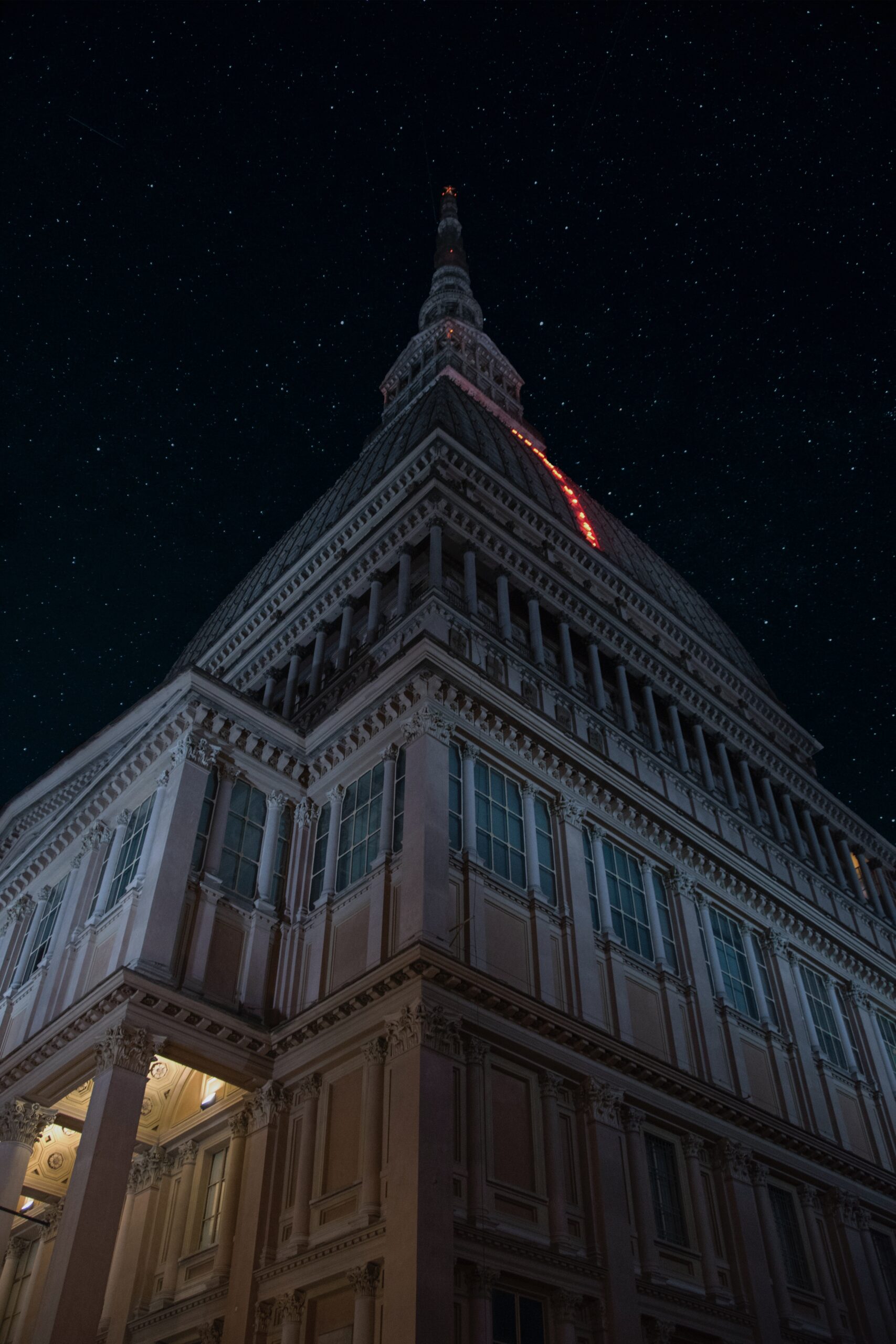
While it’s common for tourists to explore multiple museums in a single city, Turin compels you to do so in an exceptional way. The Mole Antonelliana, a towering and iconic structure, stands as the city’s most distinctive landmark, and it also holds the distinction of being the tallest museum in the world.
Originally constructed in the 19th century, this architectural marvel was repurposed in 2000 to house the National Museum of Cinema. The museum’s location within the Mole Antonelliana adds an extra layer of intrigue, as visitors can not only enjoy its incredible exhibits but also take in panoramic views of the city from the top of the building.
Inside, the National Museum of Cinema boasts an expansive collection that spans the history of cinema itself. The museum features an extraordinary assortment of vintage film equipment, rare movie posters, and a wealth of books and materials documenting the early days of filmmaking. These invaluable items provide visitors with a fascinating glimpse into the evolution of cinema, from its silent film roots to its modern-day innovation.
Whether you are a cinephile or simply curious about the art of filmmaking, the National Museum of Cinema offers an immersive and unforgettable experience, making a visit to the Mole Antonelliana a must for anyone in Turin.
3- Piazza San Carlo
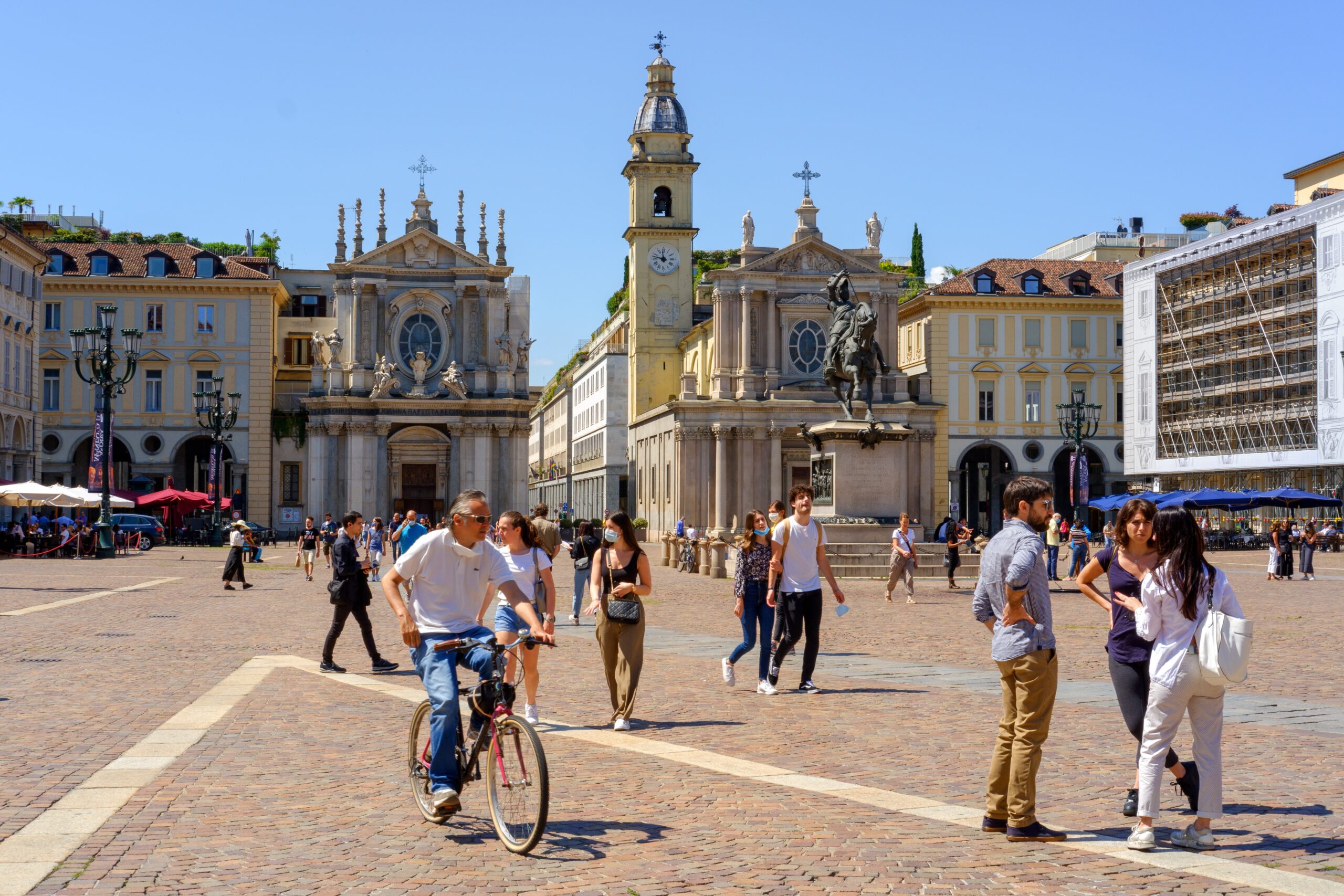
A trip to Turin would be incomplete without experiencing Piazza San Carlo, a true masterpiece that epitomizes the grandeur of the Baroque era, both in its architectural design and its sculptural embellishments. This picturesque square, often referred to as the “drawing room of Turin,” is a perfect example of Baroque beauty, surrounded by elegant churches, statues, and charming colonnades that showcase the artistic richness of the period.
In addition to its historical and architectural significance, Piazza San Carlo has evolved into a vibrant hub for the city’s modern cultural life. In recent years, it has become the central venue for many of Turin’s key national events, including concerts, political rallies, and social gatherings, adding a dynamic layer to its timeless charm.
Strategically located at the heart of the city, Piazza San Carlo is within walking distance of many of Turin’s most iconic landmarks. From here, visitors can easily access the National Cinema Museum, the majestic Mole Antonelliana, and other celebrated attractions. Its central position makes it an ideal starting point for exploring the city, offering a blend of history, culture, and modern-day excitement all in one place.
Sicily
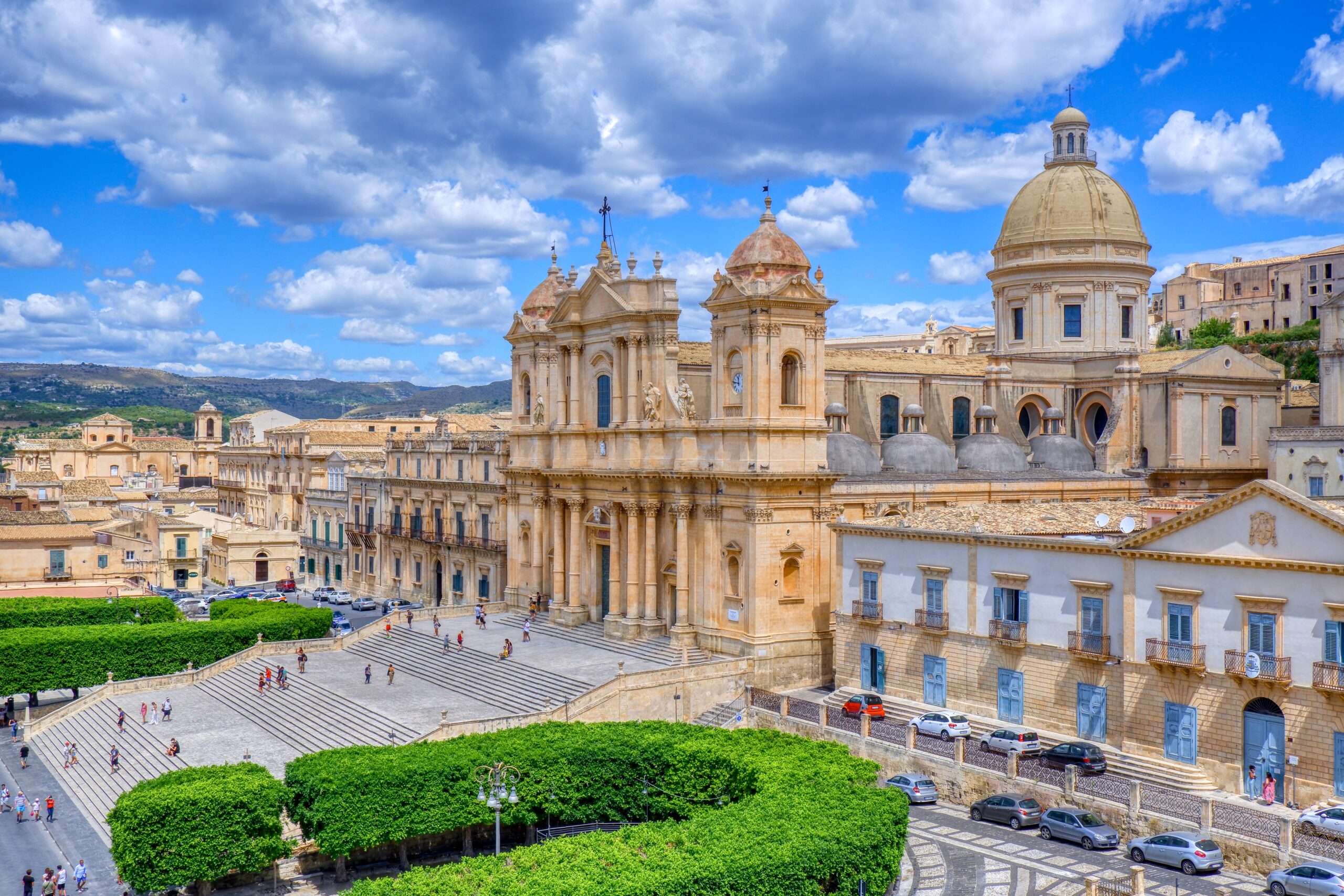
Sicily, the largest island in the Mediterranean Sea, is not only one of the most significant islands in Europe but also a captivating destination rich in history, culture, and natural beauty. In 2018, the island earned the distinguished title of being Italy’s cultural capital, a recognition that highlights its wealth of important tourist sites and historical landmarks. Among these, the Massimo Theater in Palermo stands out as a jewel of Italian culture. It is the largest opera house in Italy and the third-largest in Europe, renowned for its grand architecture and exceptional acoustics, making it a must-see for art and music enthusiasts.
Strategically positioned at the crossroads of the Mediterranean, Sicily has been a melting pot of civilizations throughout the centuries. From Roman and Byzantine rule to Arab and Norman influences, the island’s diverse past has contributed to a rich tapestry of cultural heritage. These historical layers can be seen in the island’s architecture, cuisine, and traditions, which offer a unique blend of Eastern and Western influences.
Palermo, Sicily’s vibrant capital, is not only a cultural hub but also a recognized haven for food lovers. In recent years, it was named the European Capital of Street Food, and Forbes magazine listed it among the top 10 cities globally for offering a wide variety of delicious and authentic street food. From arancini (fried rice balls) to panelle (chickpea fritters), the bustling streets of Palermo invite visitors to indulge in its flavorful offerings.
Whether you’re drawn to Sicily’s ancient ruins, its artistic treasures, or its mouthwatering cuisine, the island promises a rich and diverse experience that will captivate anyone who visits.
Top 3 landmarks in Sicily
1- Valley of the Temples
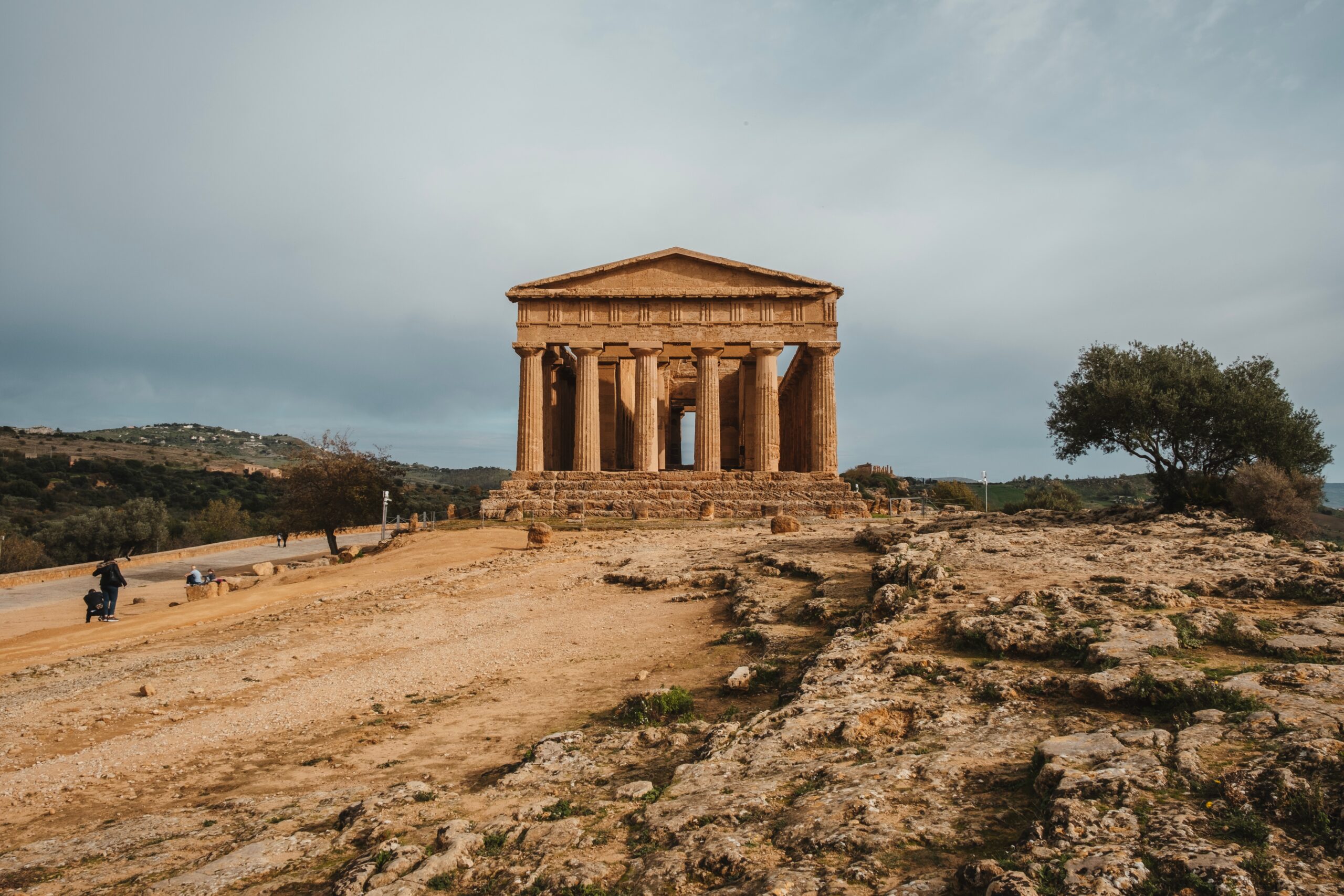
The Valley of the Temples, despite its name, is actually situated on a ridge rather than a valley, but its breathtaking beauty and historical significance make it one of Italy’s most important archaeological sites. This extraordinary complex is renowned for its stunning examples of ancient Greek art and architecture, showcasing the ingenuity and grandeur of one of the most advanced civilizations of antiquity.
The Valley of the Temples is home to the ruins of seven impressive temples dedicated to various Greek gods, each telling a unique story of divine worship in the ancient world. The largest and most iconic of these is the Temple of Concordia, widely regarded as one of the best-preserved Greek temples anywhere. Its preservation is a testament to the skill and craftsmanship of the ancient builders, and it stands as a remarkable symbol of classical architecture.
Other notable temples in the valley include the Temple of Zeus, a colossal structure dedicated to the king of the gods, and the Temple of Hercules, whose towering remains offer insight into the scale and importance of these sacred sites. Each temple is an incredible work of art, rich with history and symbolic meaning.
In recognition of its cultural significance and outstanding historical value, the Valley of the Temples was added to the UNESCO World Heritage List in 1997. This designation helped to ensure that this national monument remains a cherished part of Italy’s heritage and continues to draw visitors from around the world who come to marvel at its ancient splendor and learn about the fascinating civilization that once thrived there.
2- Taormina Ancient Theater
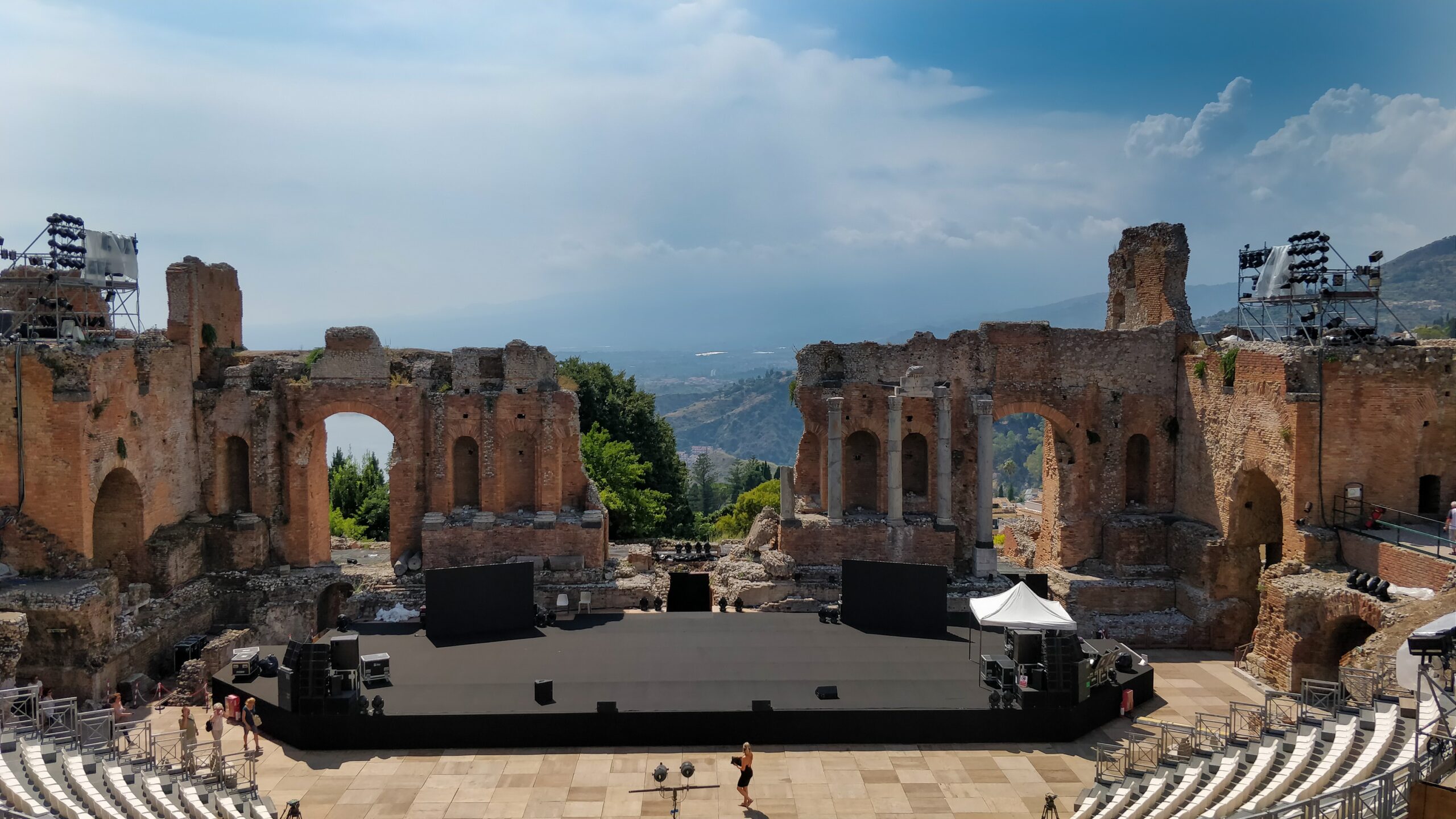
The ancient Taormina Theater, with its sweeping crescent-shaped design, is a stunning example of classical architecture that continues to captivate visitors from around the world. Although it is the second-largest theater in Sicily—following the Roman Theater of Syracuse—the Taormina Theater stands out for its unique combination of historical significance and breathtaking natural beauty. The theater is renowned for hosting operatic and theatrical performances, as well as concerts, making it a lively cultural hub.
What truly sets the Taormina Theater apart from other ancient sites is its exceptional location. Perched on a hill overlooking the sparkling Ionian Sea, the theater offers visitors a spectacular view that enhances the experience of exploring this ancient marvel. The stunning backdrop of the sea, coupled with the preserved grandeur of the theater itself, creates a remarkable blend of human achievement and natural beauty. This unique setting has contributed to the theater’s status as one of the most visited and iconic tourist attractions in Italy.
The blend of history, culture, and nature that the Taormina Theater offers makes it a must-visit destination for anyone exploring Sicily. Whether attending a live performance or simply enjoying the panoramic views, visitors are treated to an unforgettable experience that showcases the timeless allure of one of Italy’s greatest landmarks.
3- Mount Etna

Mount Etna is far from just another mountain—this imposing peak is a living, breathing force of nature. Known in ancient Arabic as “the Mountain of Fire,” Etna is a powerful active volcano that emits the unmistakable scent of smoke and molten magma. Towering over the island of Sicily, it is not only the highest volcano in Europe but also one of the most remarkable natural attractions in all of Italy, drawing visitors from around the globe.
Mount Etna’s geological history is as captivating as its present-day activity. The volcano first erupted around 500,000 years ago, and its earliest recorded eruption dates back to 1,500 BC. Since then, Etna has remained one of the most active volcanoes in the world, continuing to shape the landscape with frequent eruptions. Its continuous activity makes it a particularly fascinating destination for travelers interested in witnessing the raw power of nature.
What makes Mount Etna especially captivating for tourists is the opportunity to witness the dramatic spectacle of lava flows during non-explosive eruptions. These mesmerizing displays, combined with the rugged terrain and unique volcanic landscapes, create an unforgettable experience for those visiting the mountain. Mount Etna’s natural beauty and geological significance led to its inclusion as a UNESCO World Heritage Site in 2013, solidifying its place as a global natural landmark.
For those seeking adventure, breathtaking views, and a deeper understanding of Earth’s dynamic processes, Mount Etna is a must-see destination. It offers a rare opportunity to explore one of nature’s most active and awe-inspiring forces.
Verona
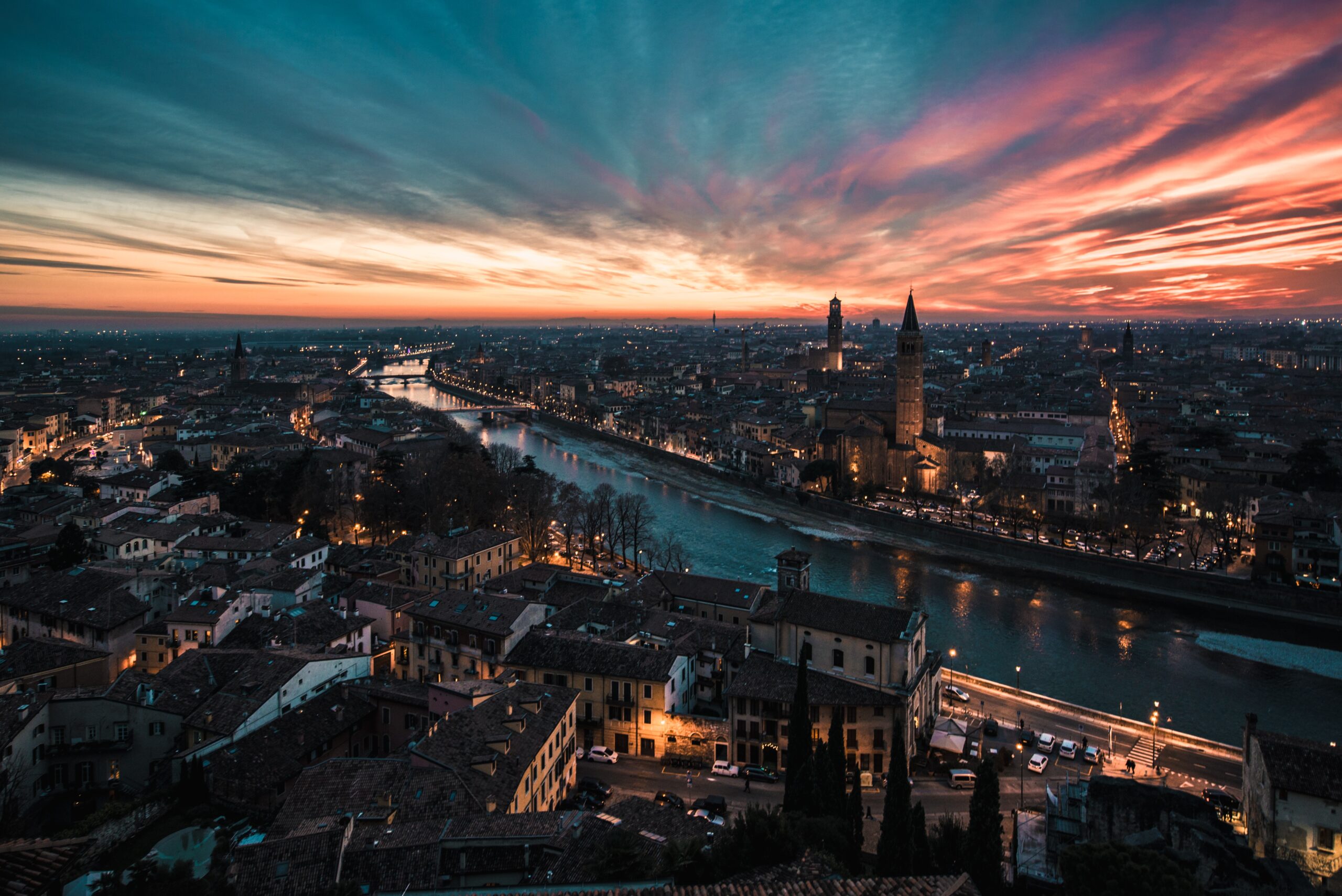
Verona, one of Italy’s most enchanting cities, holds a special place not only in the country’s heart but also in the literary world. Known as a “sacred city of literature,” Verona became immortalized through the works of William Shakespeare, who famously set his timeless tragedy “Romeo and Juliet” within its romantic streets. The city’s connection to this iconic love story has long captured the imagination of visitors from all over the world, drawing them to see the places where the fictional couple’s fates intertwined.
But Verona offers much more than just a literary connection. The city plays a pivotal role in Italy’s tourism, not only because of its association with Shakespeare’s beloved tale but also due to its rich history, stunning architecture, and vibrant culture. Verona is strategically located along the Adige River, which has historically made it a key point for both land and water transportation, further enhancing its significance throughout the centuries.
Beyond its romantic allure, Verona boasts an impressive range of attractions that cater to all interests. The city’s industrial and technological development, alongside its flourishing tourism infrastructure, provides visitors with a modern and comfortable experience. Verona is home to a variety of restaurants, hotels, and resorts, offering visitors high-quality services. In addition, its majestic palaces, medieval castles, charming bridges, and historic ports contribute to the city’s appeal, making it a destination that blends rich history with contemporary amenities.
Verona’s timeless beauty, combined with its strategic location and cultural significance, makes it one of the most beloved and multifaceted cities in Italy, offering a memorable experience for every traveler.
The 3 most important landmarks in Verona
1- Verona Amphitheatre
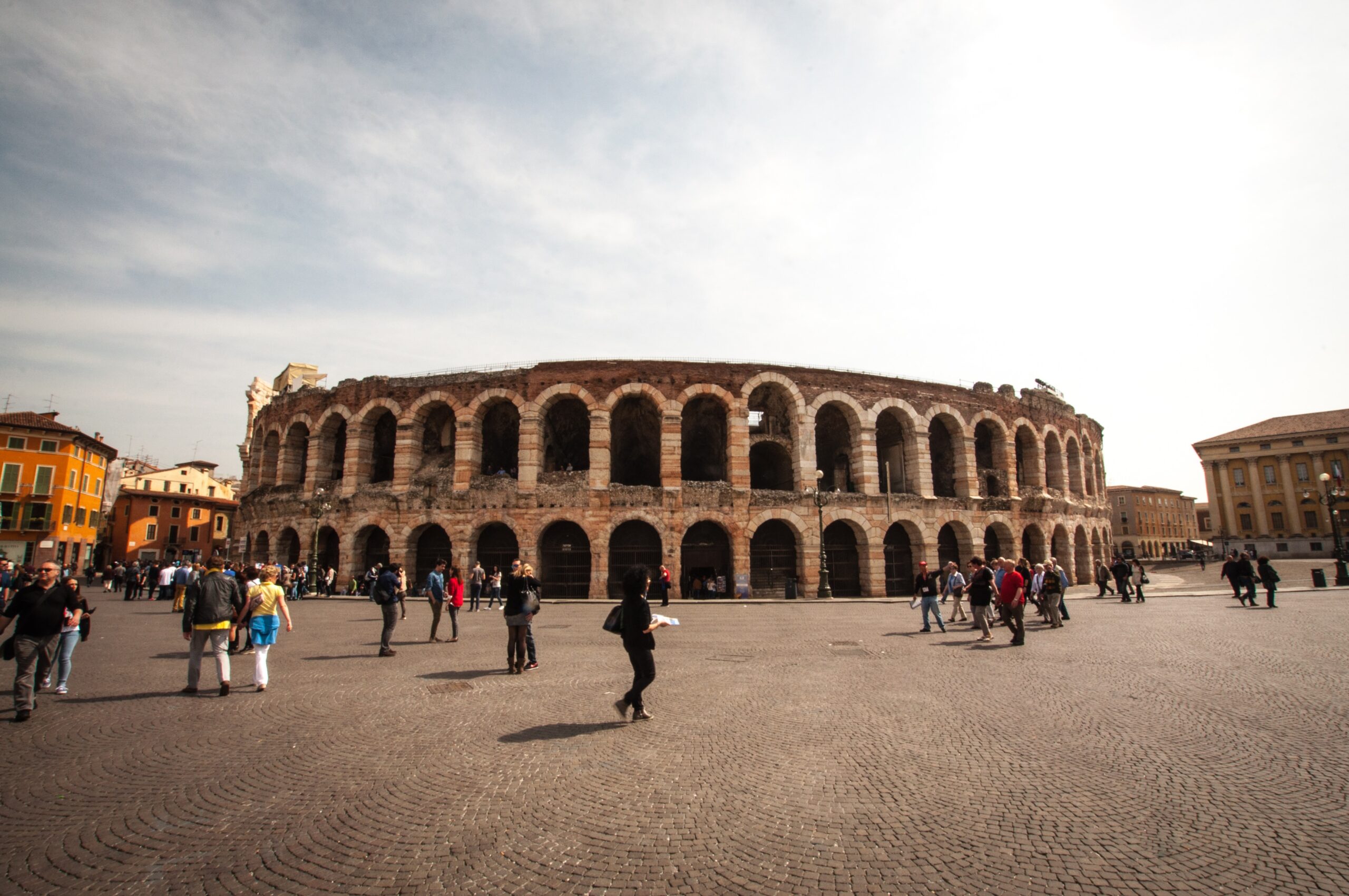
The Verona Amphitheater, a magnificent testament to the engineering prowess of ancient Rome, stands as one of the most important and iconic landmarks of Italian history and culture. As one of the greatest achievements of Roman civilization, it is not only an architectural marvel but also a cornerstone of Italy’s tourism industry, symbolizing the country’s rich heritage.
Constructed in the first century AD, the Verona Amphitheater was designed to accommodate around 30,000 spectators, making it one of the largest amphitheaters of its time. Today, to ensure the safety of visitors, the amphitheater’s capacity is limited to approximately 15,000 people. Despite this reduction, the site remains an incredibly popular attraction, drawing countless visitors eager to experience its grandeur and historical significance.
The amphitheater continues to serve as a venue for spectacular events, ranging from concerts and festivals to celebrations. However, it is most renowned for hosting the Verona Opera Festival, one of the largest and oldest opera performances in the world. The amphitheater’s distinctive oval shape plays a crucial role in amplifying the acoustics, ensuring that the sound quality is exceptionally clear and pure, which is a key feature of the unforgettable opera experience.
With its timeless allure, the Verona Amphitheater remains an enduring symbol of Italy’s cultural and artistic legacy, offering visitors a unique opportunity to immerse themselves in both its ancient history and its contemporary cultural vibrancy.
2- Casa di Giulietta
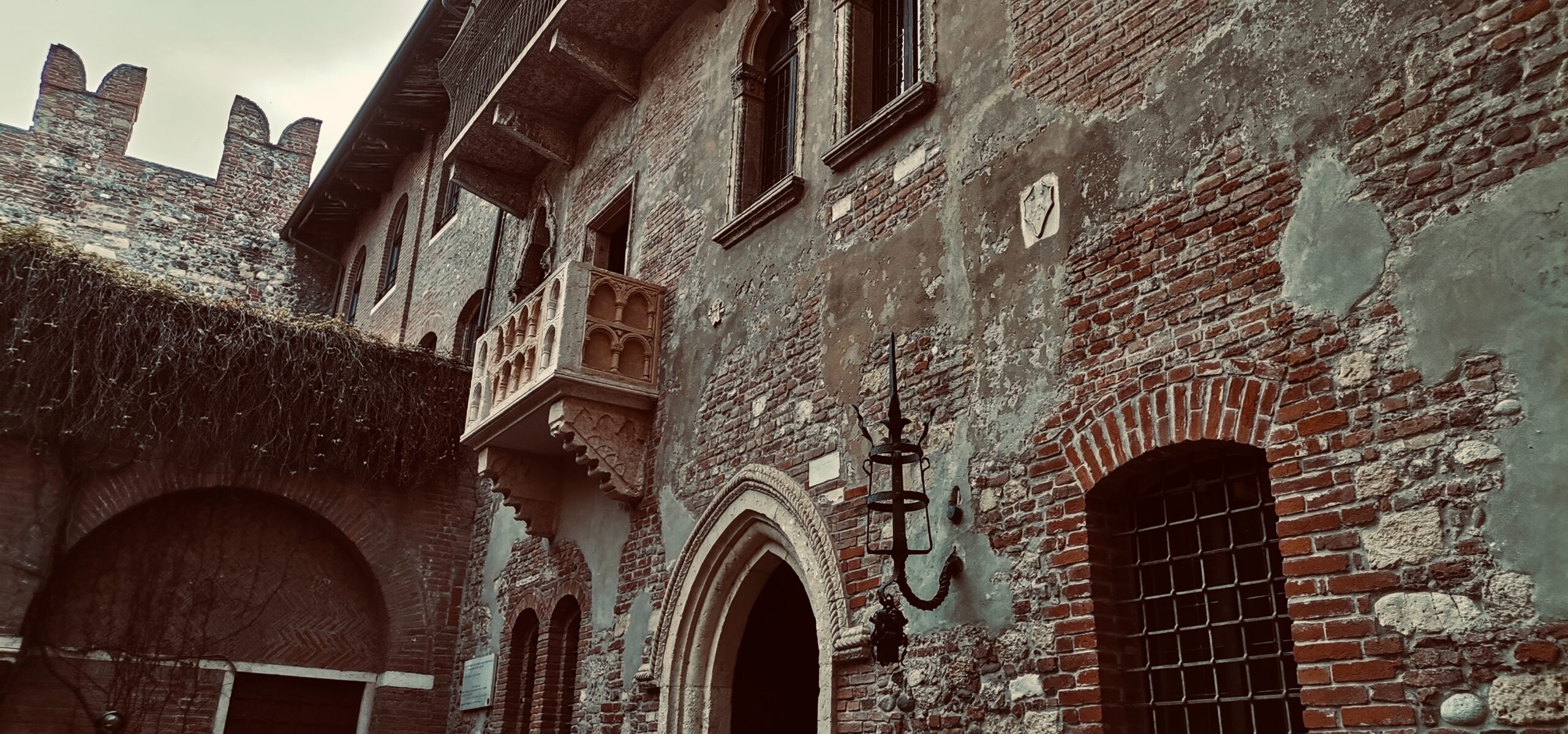
Let’s return to the timeless story of Romeo and Juliet, the eternal lovers whose names have become synonymous with passion and devotion. Their tale continues to resonate in hearts around the world, embodying the essence of love itself. In Verona, where their fates were sealed, one can still visit the iconic location that immortalized their love—the house of Juliet. This is the very place where, according to the legend, Juliet would stand on her balcony each morning, gazing out in longing for her beloved Romeo.
Juliet’s house has become a pilgrimage site for lovers from every corner of the globe. It serves as a shrine to the enduring power of love, drawing visitors who seek to connect with the history of this sacred romance. Inside the house, you can explore not only the famous balcony but also discover the many secrets of the legendary couple. The house features a small museum filled with beautiful paintings and fascinating artifacts, offering insight into the culture and times of the characters, as well as their tragic love story.
A visit to Juliet’s house is more than just a glimpse into the world of Shakespeare’s play; it’s an opportunity to experience the magic of Verona, where history, art, and love come together in a harmonious celebration. If you’re touring Italy, make sure to include this memorable site in your itinerary—it’s an unforgettable journey into the heart of one of the most famous love stories ever told.
3- Piazza delle Erbe
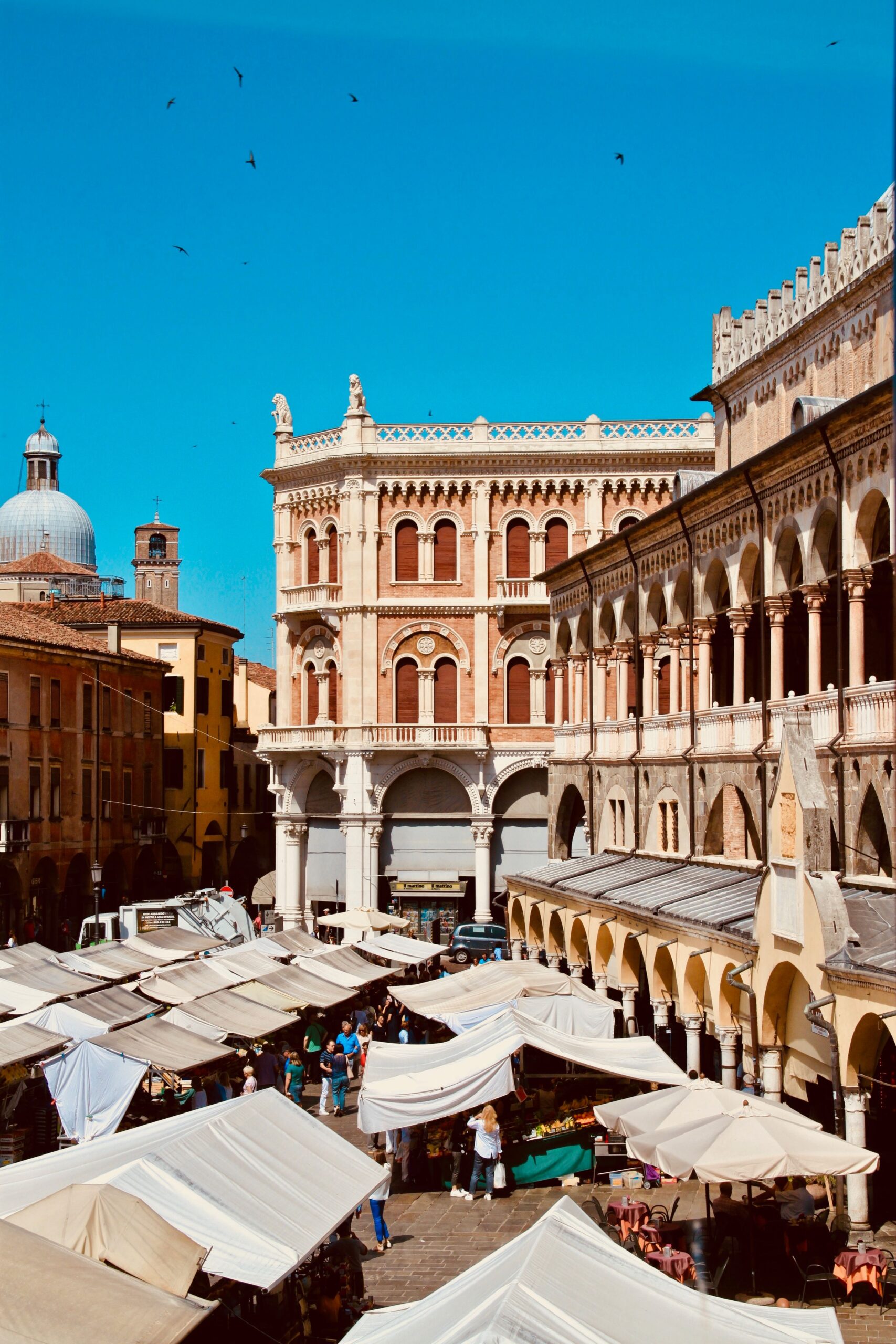
Piazza delle Erbe in Verona is undeniably one of the most remarkable and significant tourist destinations in Italy, a place where every corner seems to whisper the legacy of ancient Rome. Walking through this historic square feels like stepping through time, as Roman influences are embedded in every stone, and traces of an ancient civilization are visible in the very fabric of the city. The square serves as a living testament to the timeless achievements of Roman engineering and planning, where each monument and structure tells a story of Verona’s glorious past.
The piazza is a treasure trove of cultural and historical landmarks, making it a must-see for anyone visiting Italy. It is surrounded by an impressive array of Roman relics and architectural gems, including the stunning Lamberti Tower and the historic City Hall. In addition, the square is home to a number of medieval towers, bridges, palaces, and castles, each adding to its grandeur and allure.
Verona’s rich history is further brought to life through its many museums, fountains, and statues, with one of the most iconic being the statue of Madonna Verona. Perched atop a magnificent water fountain, the statue offers a serene and beautiful view, symbolizing the city’s deep connection to its cultural and religious heritage.
Piazza delle Erbe is not only a hub of ancient history but also a lively, vibrant space where the past and present coexist. Whether you’re admiring the Roman architecture, strolling through its bustling markets, or simply taking in the beauty of its statues and fountains, this piazza provides a truly immersive experience of Verona’s rich heritage and timeless charm.
Capri
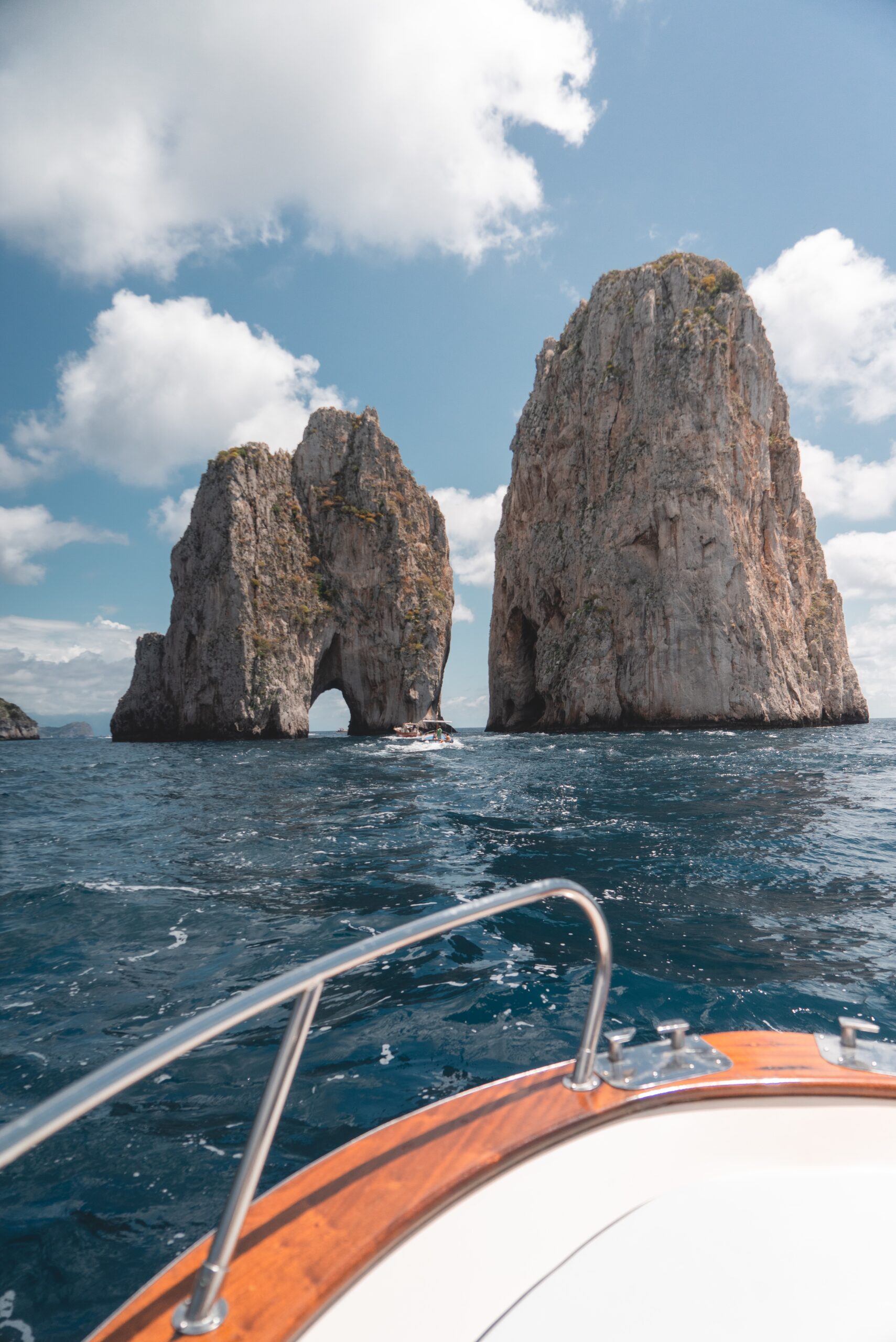
Capri Island, a true gem of the Mediterranean, is widely regarded as one of the most enchanting islands in the world, thanks to its stunning natural beauty and iconic landmarks. Despite its relatively small size, Capri has long been one of Italy’s top tourist destinations and continues to attract visitors from all over the globe. The island’s allure lies not only in its breathtaking landscapes but also in its unique combination of rugged cliffs, lush greenery, and crystal-clear waters.
The island is divided into two distinct areas: the eastern part, known simply as Capri, and the western part, called Anacapri. Each section offers its own charm and character, with Capri being the bustling heart of the island, known for its lively streets and luxurious boutiques, while Anacapri provides a more serene, peaceful atmosphere.
One of the best ways to experience Capri’s natural beauty is by taking a hike up Mount Monte Solaro, the highest peak on the island. From this vantage point, you’ll be rewarded with panoramic views of the island and the surrounding sea, offering a stunning perspective of Capri’s dramatic landscape. It’s the perfect spot to witness the island’s magical sunrises and sunsets, which have inspired artists and musicians alike. In fact, the island’s beauty even earned it a place in pop culture, with Frank Sinatra famously naming one of his songs after the island’s breathtaking vistas.
Whether you’re looking to explore its charming towns, enjoy spectacular views, or simply relax by the sea, Capri offers an unforgettable experience for every traveler. Make sure to include this mesmerizing island in your itinerary while touring Italy—it’s a destination that will captivate your heart.
Top 3 landmarks in Island of Capri
1- Blue Cave
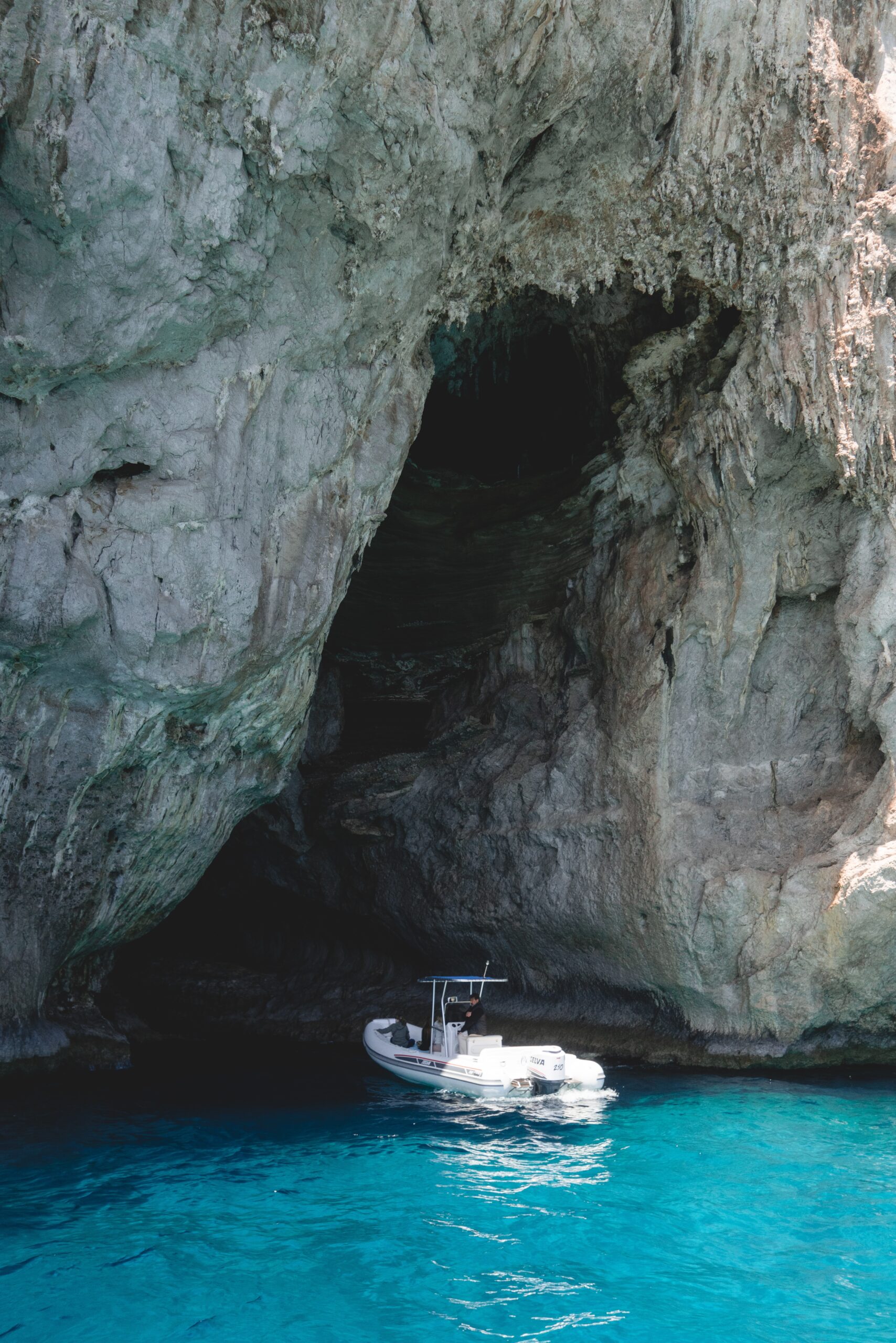
The Blue Cave (Grotta Azzurra) is undoubtedly the most captivating natural wonder on Capri Island, drawing visitors from around the world with its ethereal beauty. Located along the island’s coast, this stunning cave plunges to a depth of over 150 meters. What makes it truly magical is the way sunlight filters into the cave through its narrow entrance, creating a mesmerizing blue glow that illuminates the water and gives the cave its iconic name.
The color is the result of a natural phenomenon where the sunlight reflects off the water, creating a striking and almost surreal blue light that bathes the entire cave. This enchanting display has made the Blue Cave one of the most photographed and sought-after destinations on the island, with its luminous waters offering an unforgettable experience for anyone who visits.
Accessing the Blue Cave is simple and can be done without the need for a tour guide. Visitors can rent a small wooden boat, complete with a local boatman, who will guide you on a serene journey from the port of Capri directly to the entrance of the cave. As you glide through the crystal-clear waters, you’ll approach the cave’s entrance and be amazed by the vibrant blue light that fills the space, creating an awe-inspiring atmosphere.
A visit to the Blue Cave is an unforgettable experience, allowing you to immerse yourself in one of nature’s most extraordinary spectacles. Be sure to include this natural wonder in your Capri itinerary—it’s an absolute must-see for any traveler.
2- August Gardens
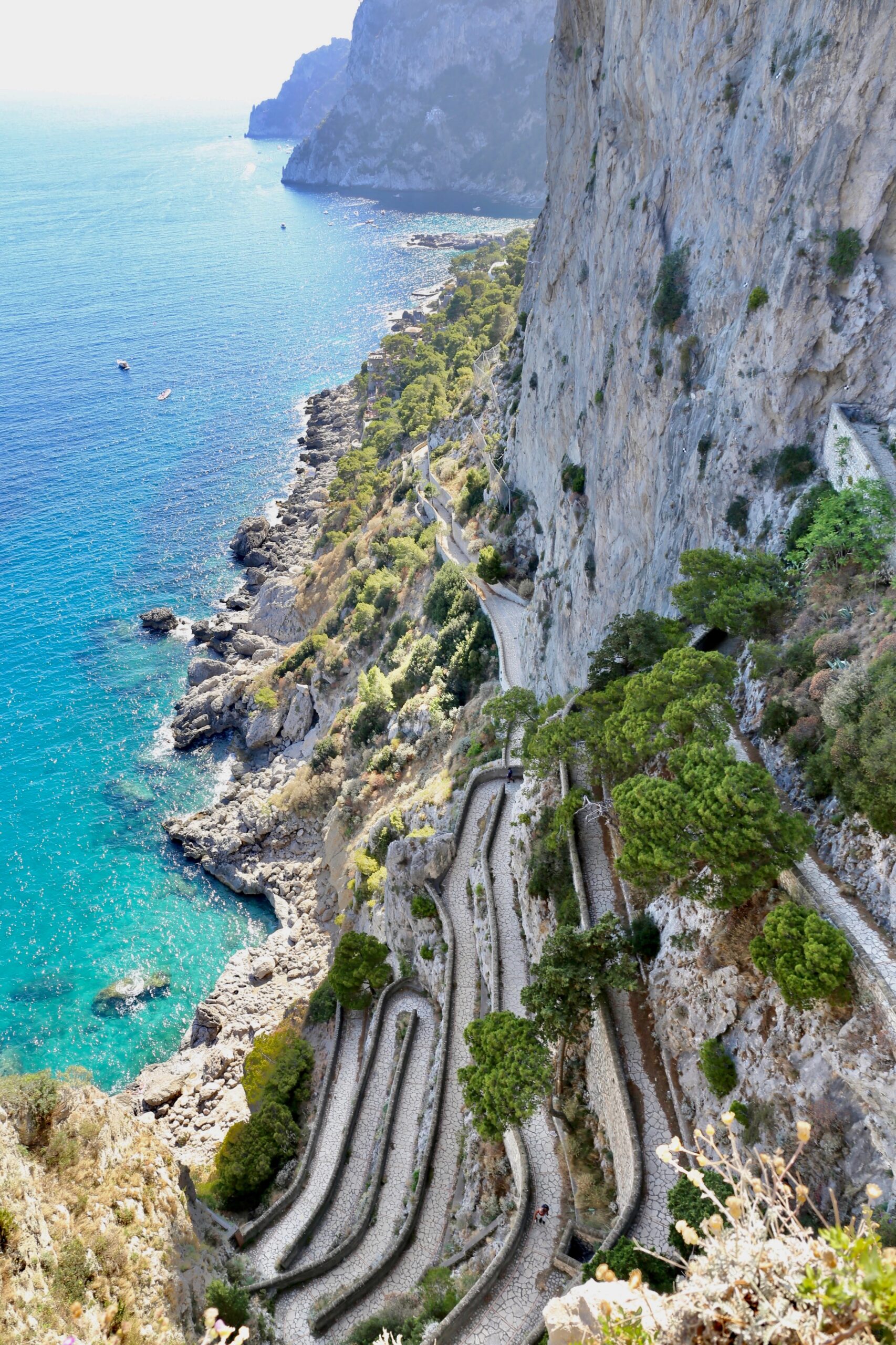
The Gardens of Augustus in Capri are a true haven for nature lovers, offering a tranquil escape into a world of vibrant flowers and lush greenery. As you stroll through this captivating garden, you’ll find yourself surrounded by the enchanting beauty of blooming red roses, the delicate charm of daffodils, and an array of ornamental plants that seem to come alive in every season. Even the plants that may appear to wither seem to prepare for a rejuvenation, shedding their old forms to reveal new growth, symbolizing the eternal cycle of life and nature.
The journey through the garden is made even more magical by a charming pathway that leads visitors deeper into its serene environment. As you walk along the winding path, you’ll gradually ascend to an elevated point that offers breathtaking views of the surrounding landscape. From here, the garden offers one of the most stunning panoramas of the sea, with the crystal-clear waters stretching out into the horizon.
This park is not just a display of nature; it’s a living, breathing showcase of Italy’s diverse natural beauty, blending various plants and landscapes in perfect harmony. The Gardens of Augustus have become one of the most celebrated landmarks in Capri, attracting visitors from all over the world. If you’re touring Italy, don’t miss the chance to experience the wonder of this garden. It offers both a peaceful retreat and an opportunity to witness the breathtaking beauty of Capri from a unique vantage point.
3. Piazza Umberto I
Piazza Umberto I, often affectionately called the “Little World Theatre,” is the heart of Capri and undoubtedly the most famous square on the island. Once a bustling market where vegetables, fish, and meat were traded, this charming square has since transformed into a vibrant meeting place and a peaceful retreat for both locals and visitors alike.
Today, Piazza Umberto I serves as the perfect spot to rest and absorb the history and atmosphere of the island. The old tables that line the square are imbued with stories of Capri’s past, offering a glimpse into the island’s heritage. Whether you’re sitting at a café sipping a local drink or browsing through the unique markets and shops, the square’s timeless charm is evident in every corner.
The square is home to some of the island’s most renowned restaurants and cafés, where you can indulge in delicious Italian cuisine while enjoying the lively ambiance. The surrounding streets are lined with boutiques offering a variety of goods, making it a delightful spot for shopping as well.
Piazza Umberto I is more than just a central hub; it’s a symbol of Capri’s spirit, where the island’s rich history and modern vibrancy blend seamlessly. It’s a must-visit for anyone touring Capri, offering a perfect snapshot of the island’s charm and allure. Don’t miss the chance to experience this iconic square during your visit—it’s a place where the island’s past and present come together beautifully.





